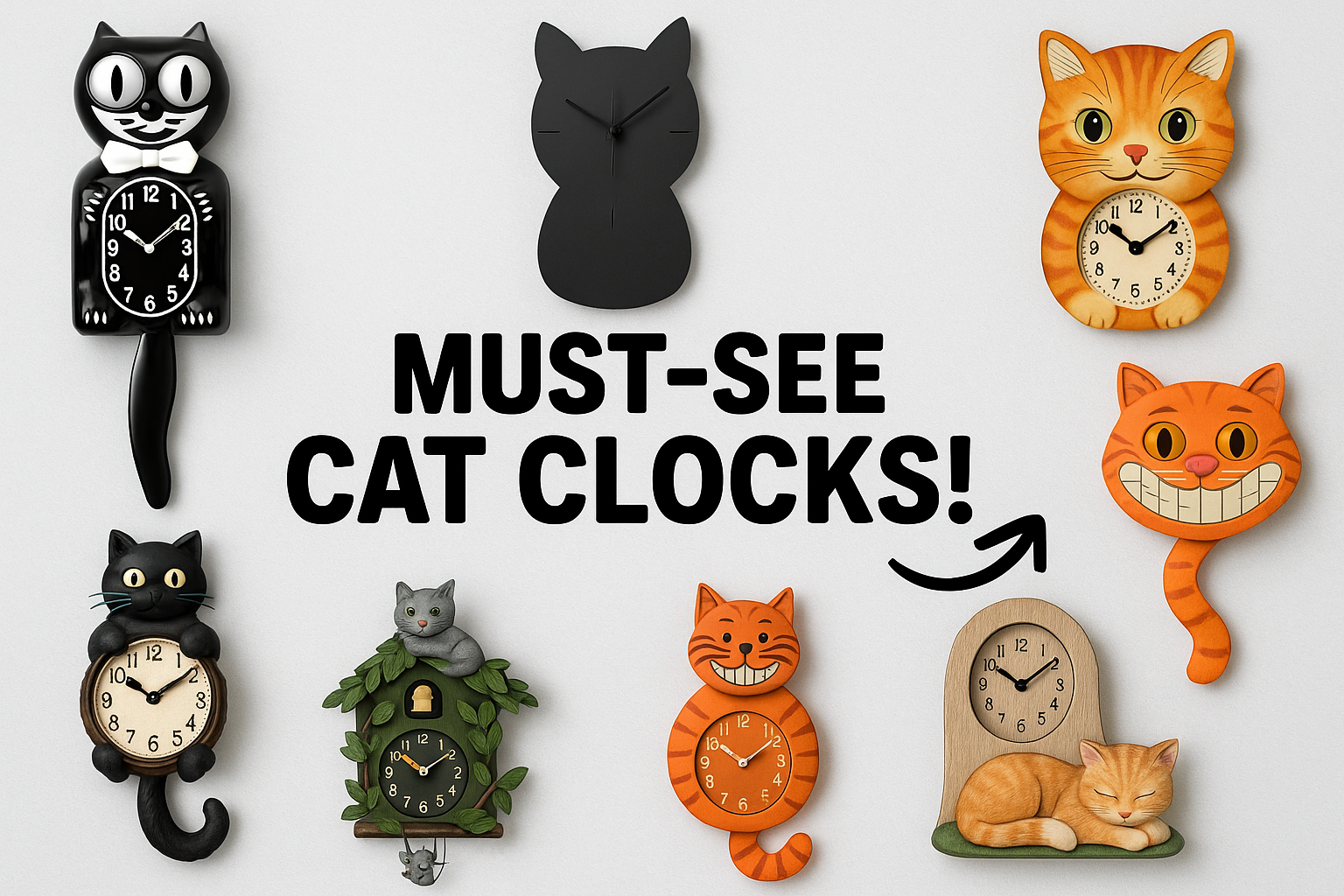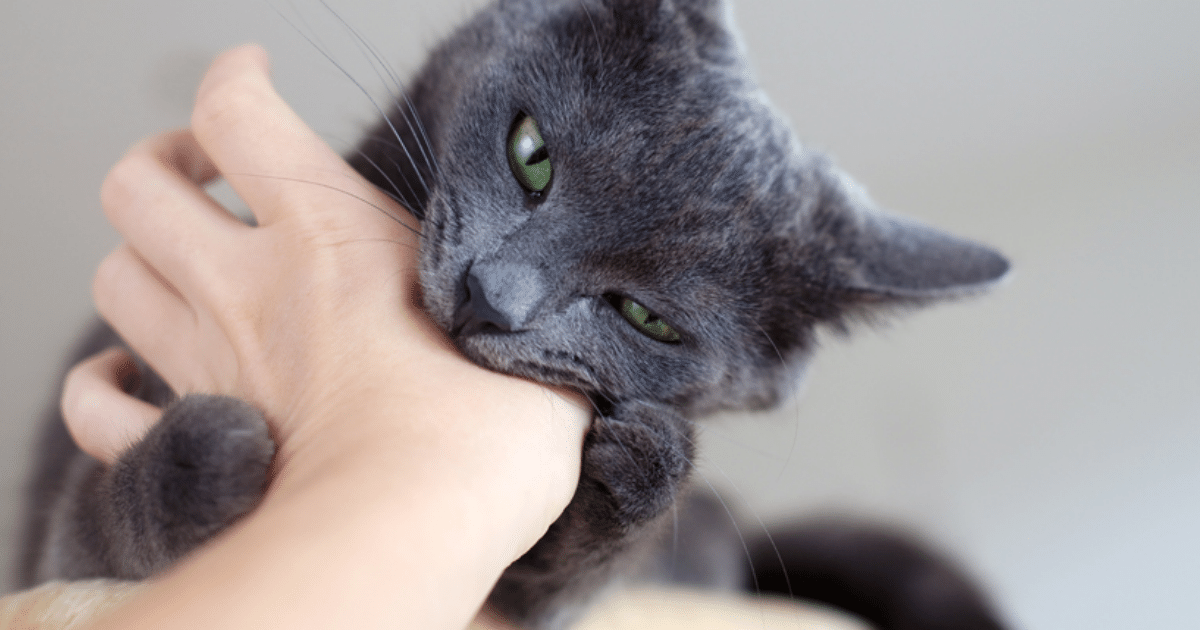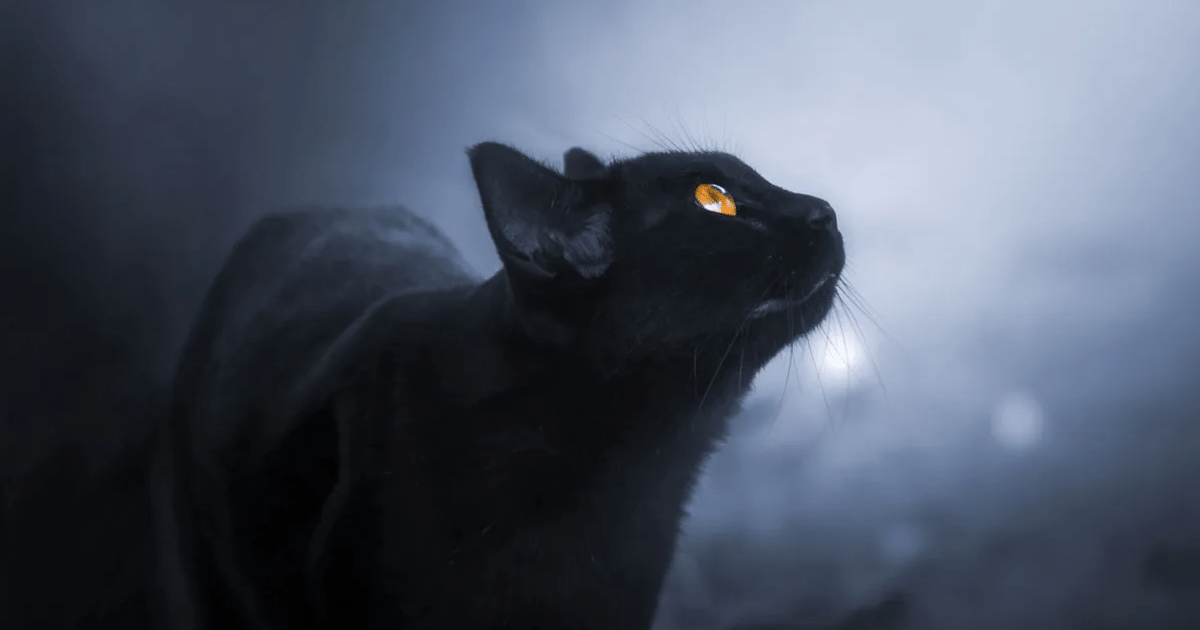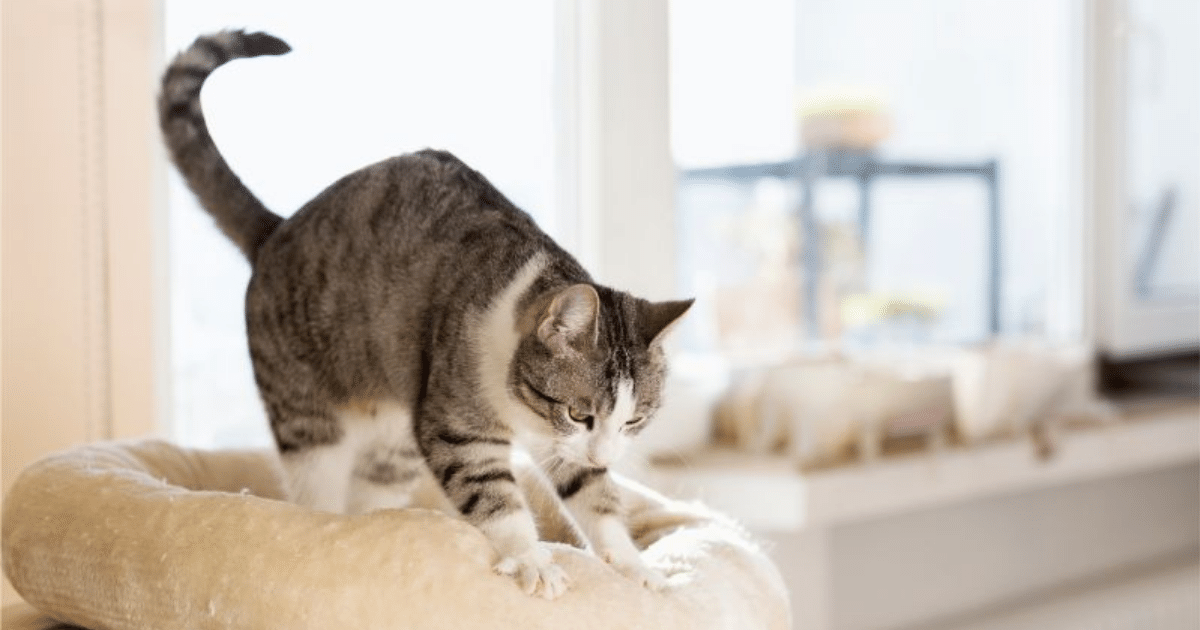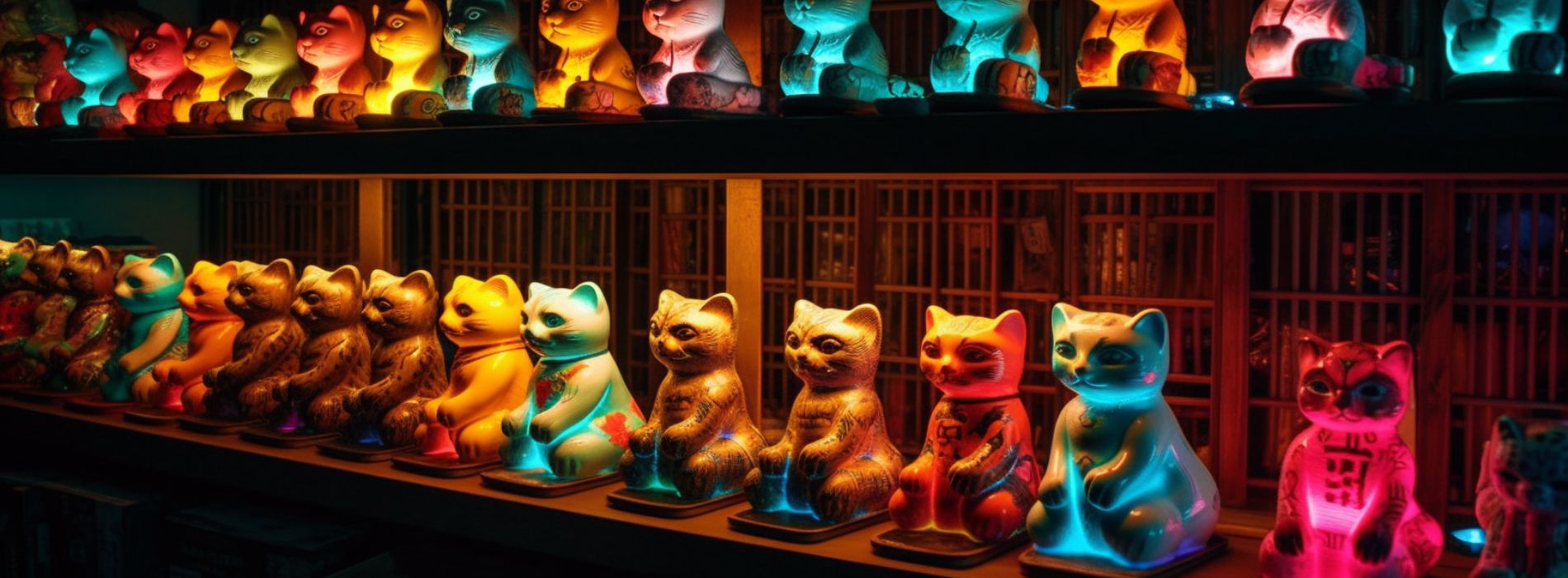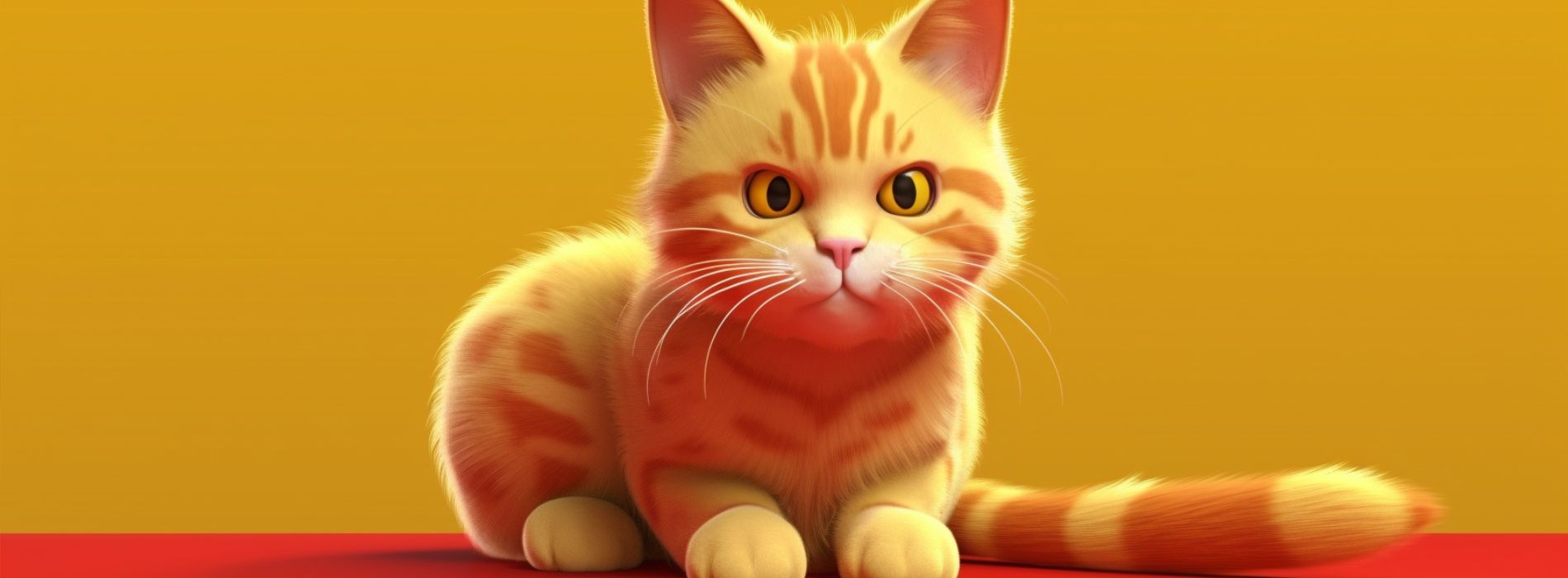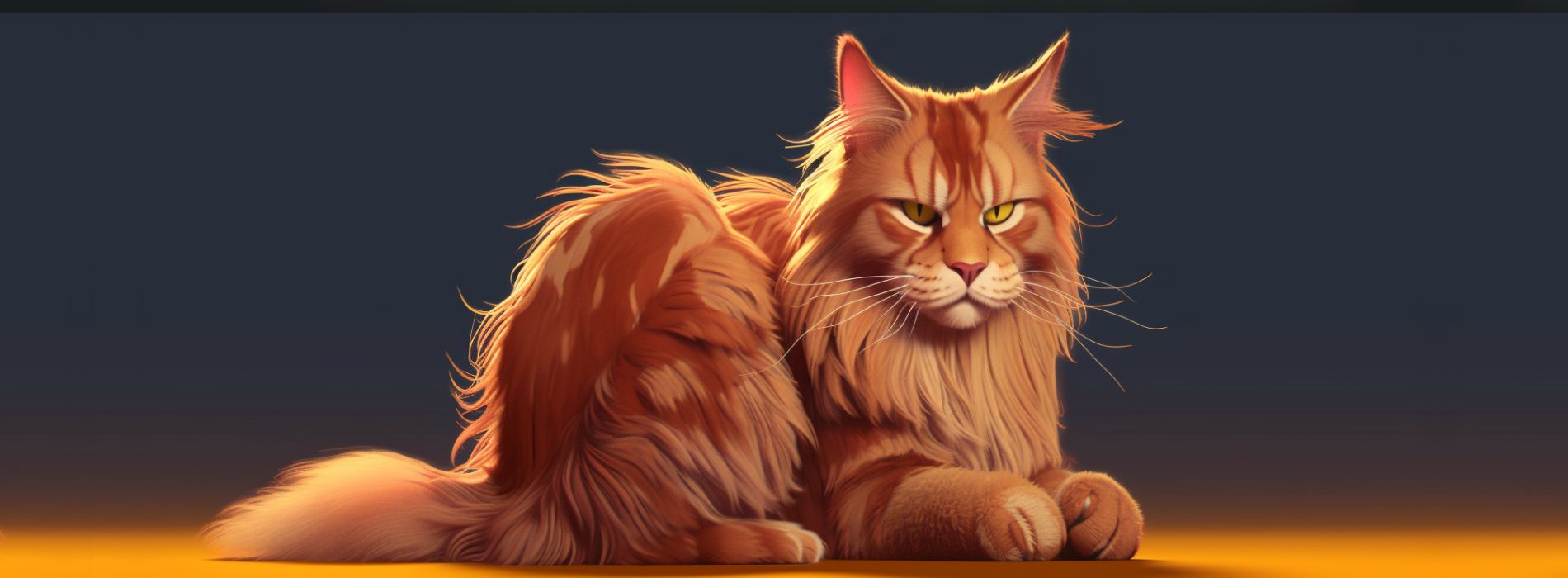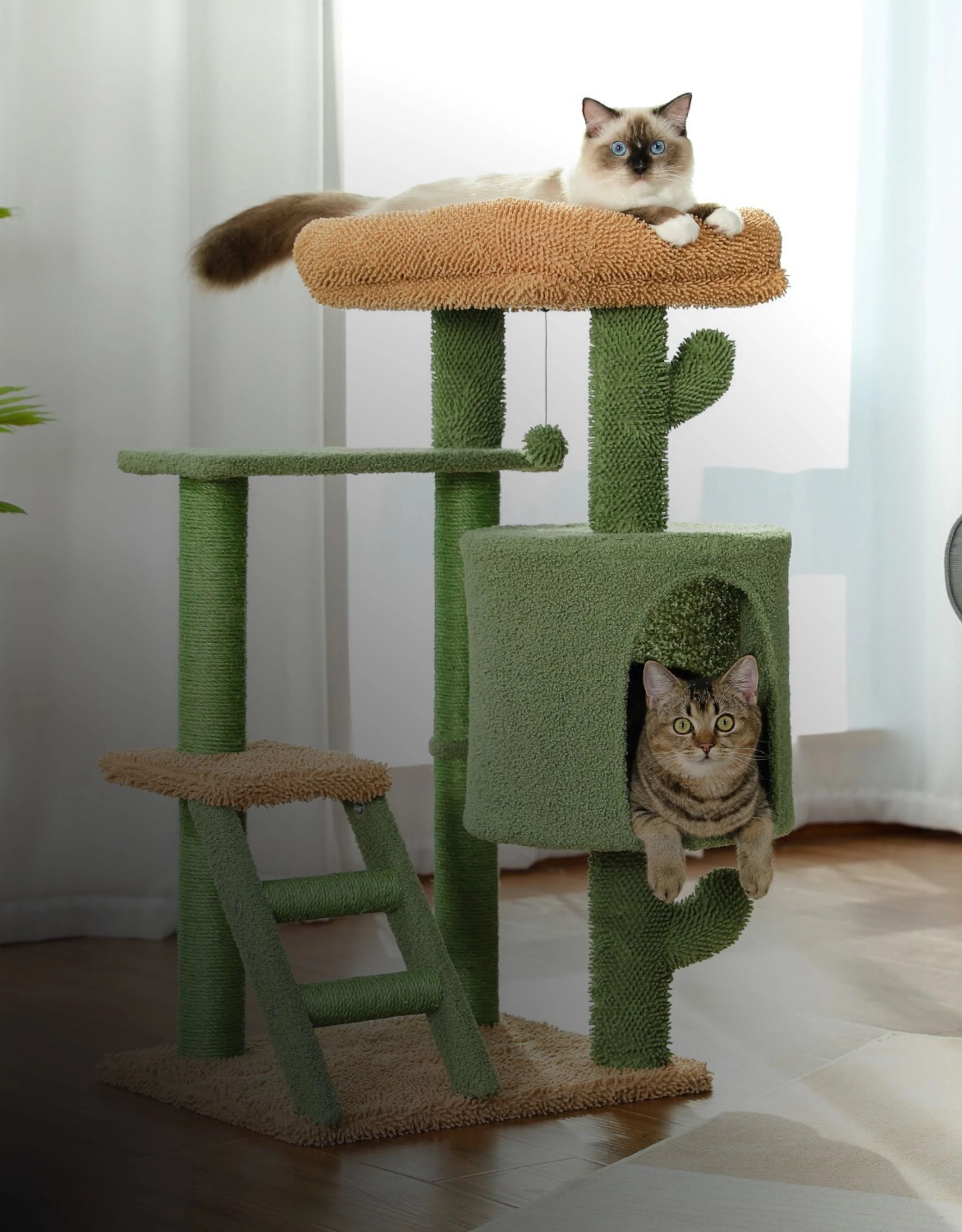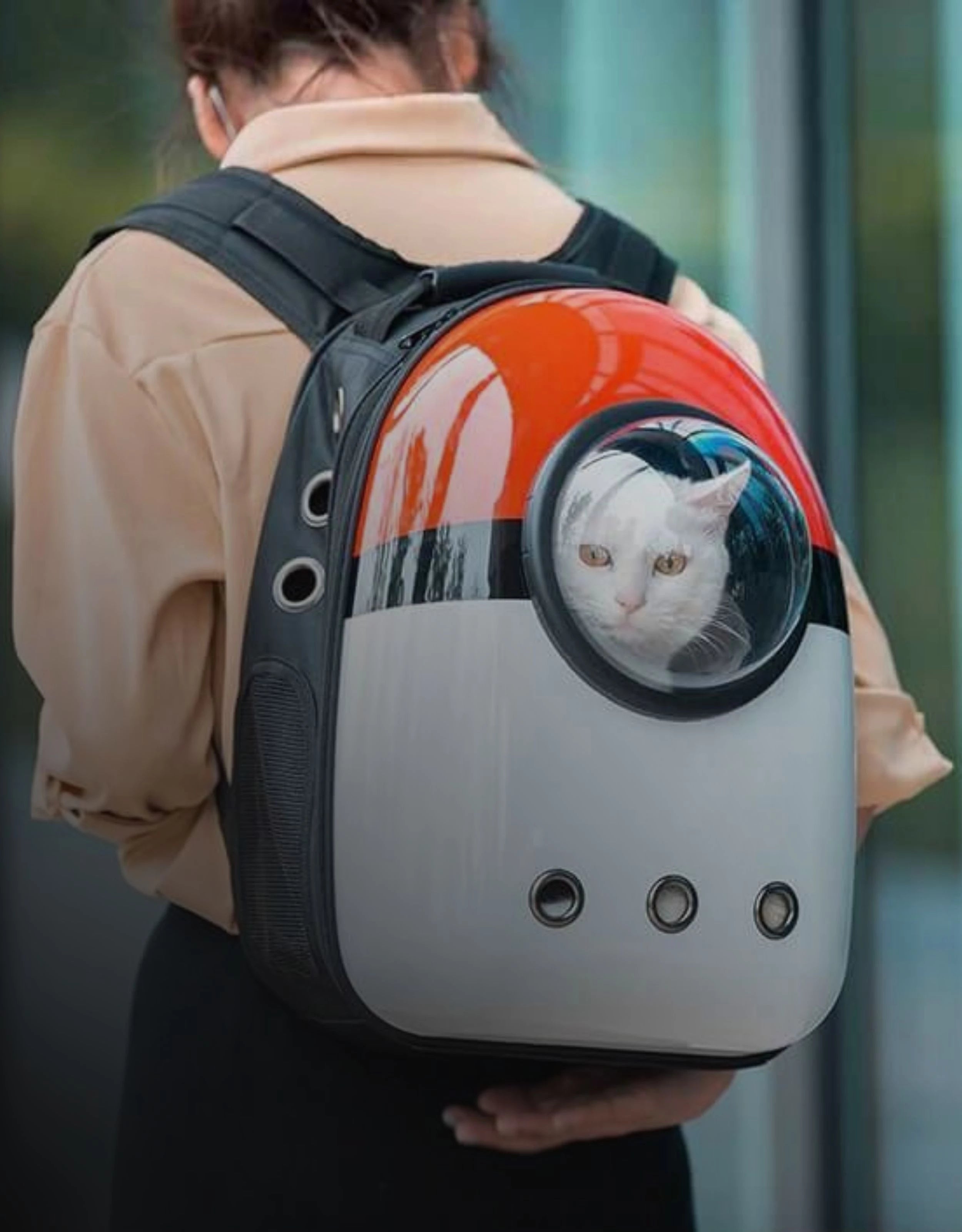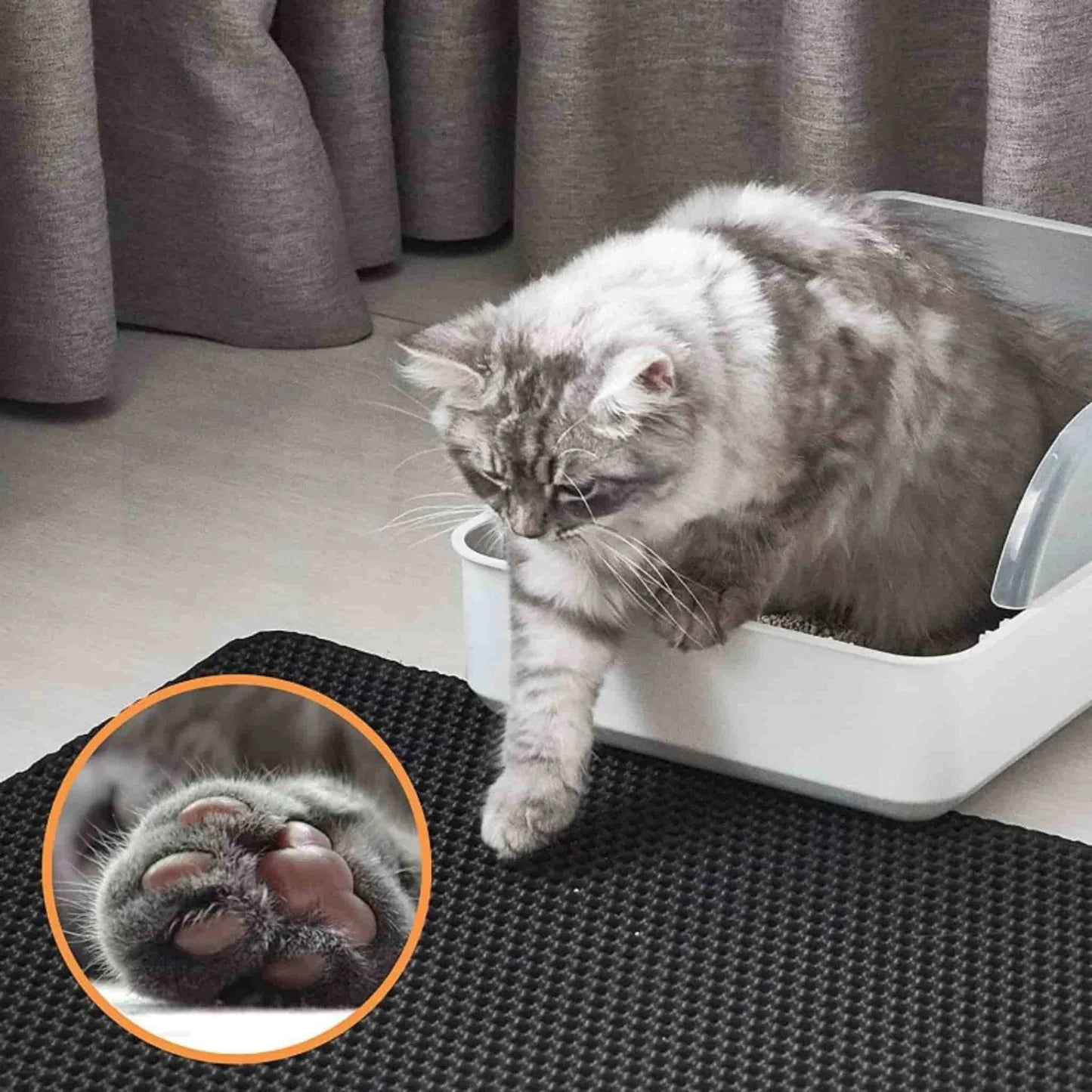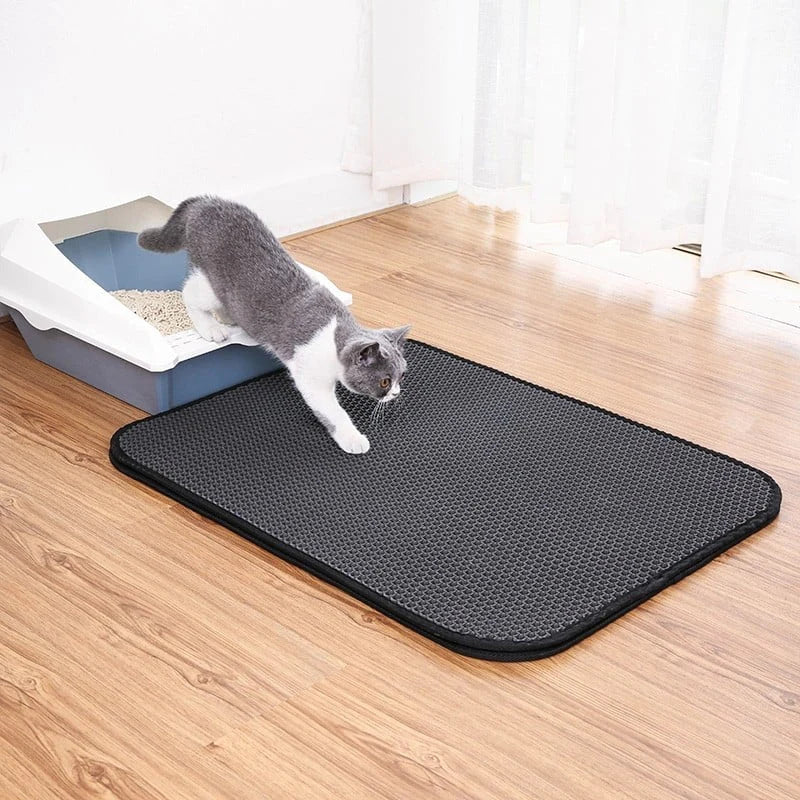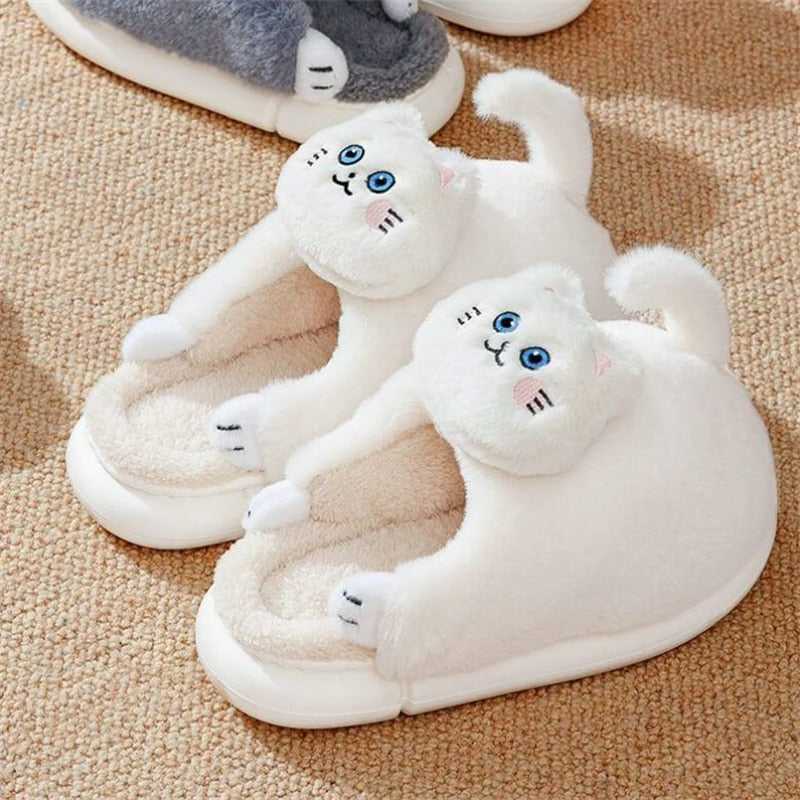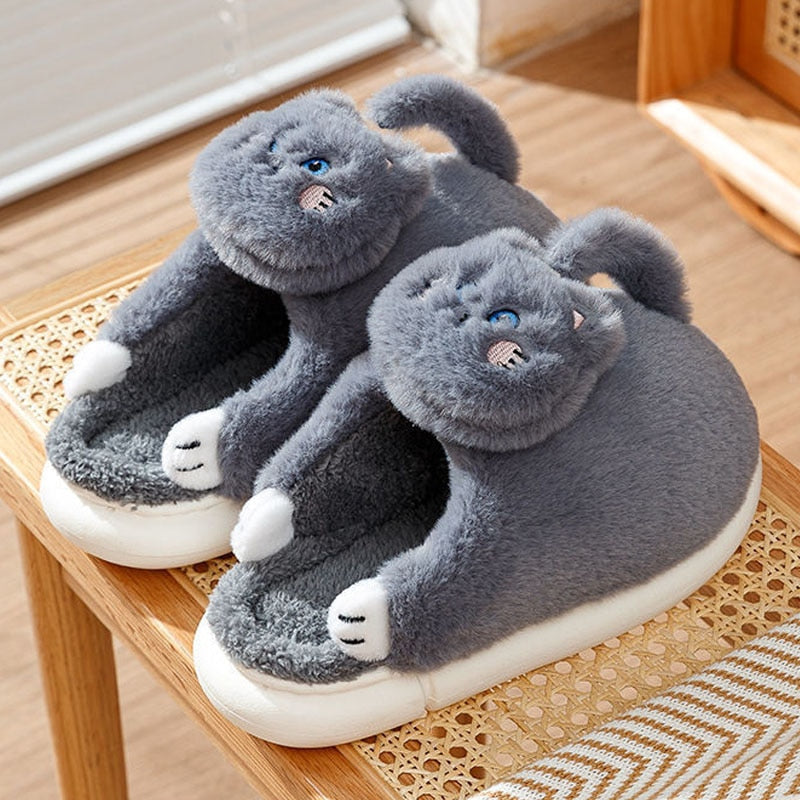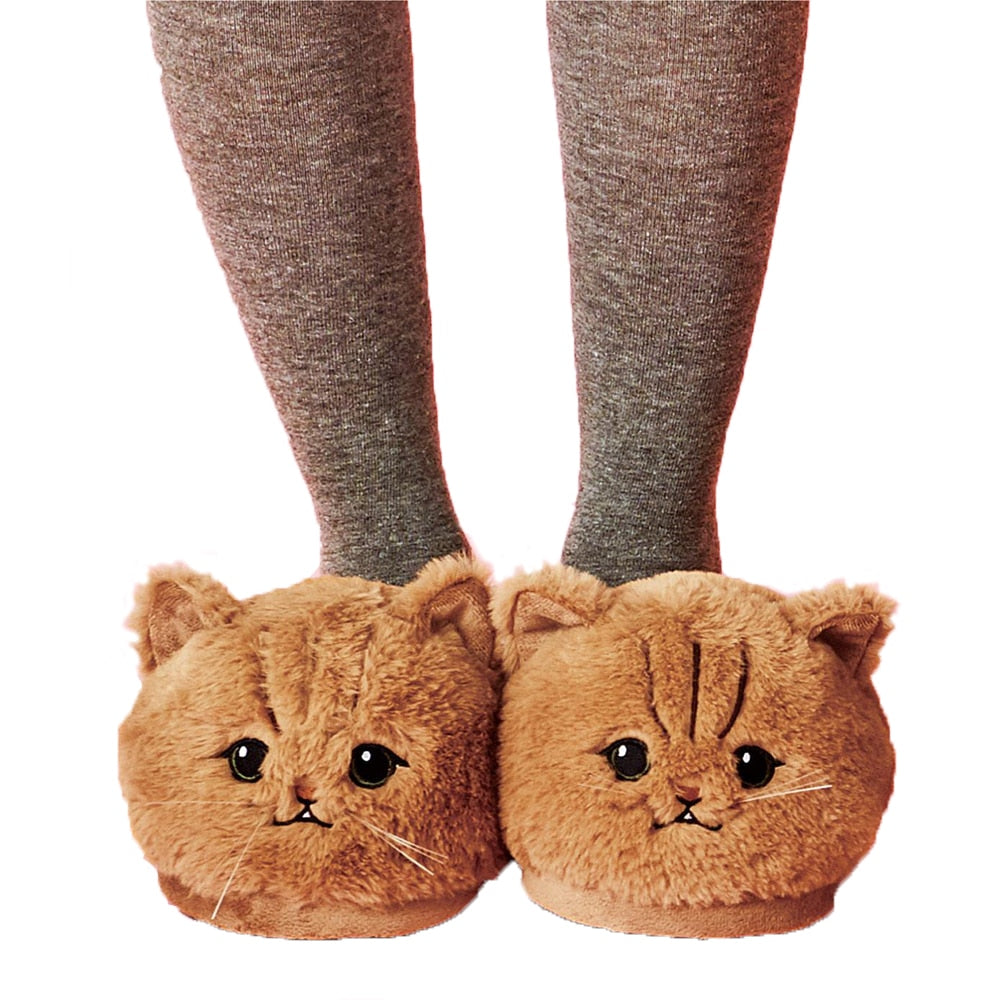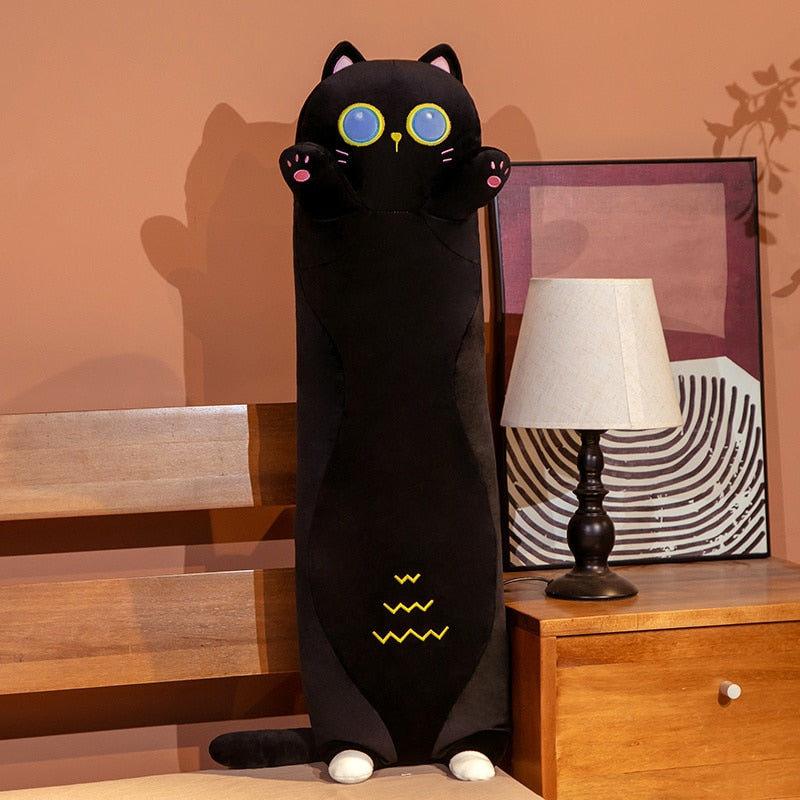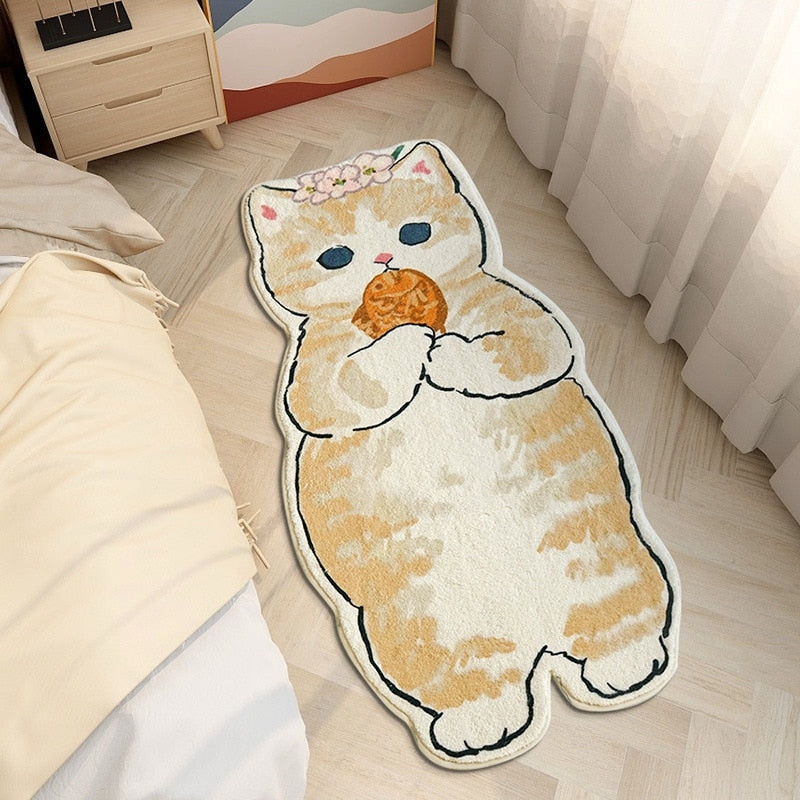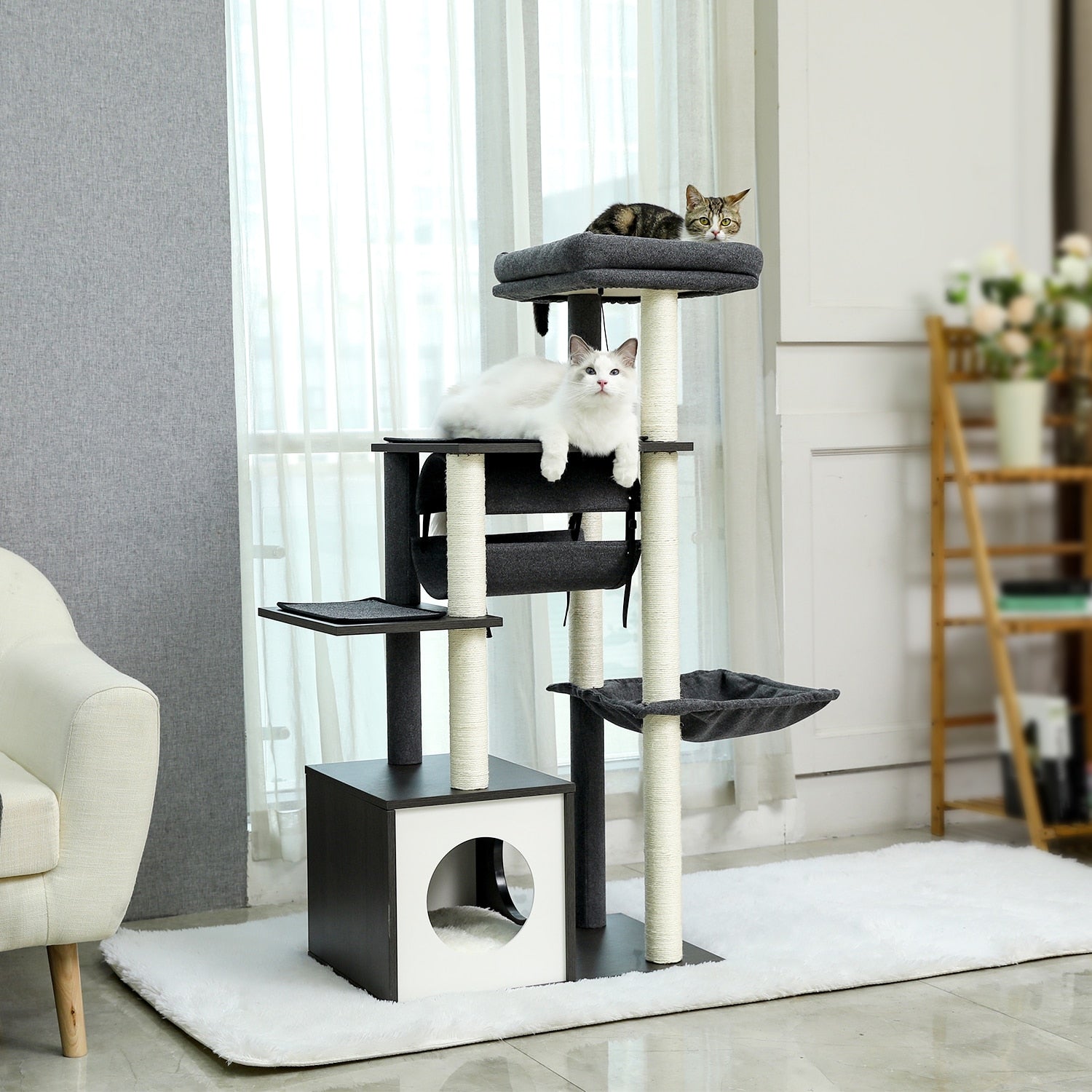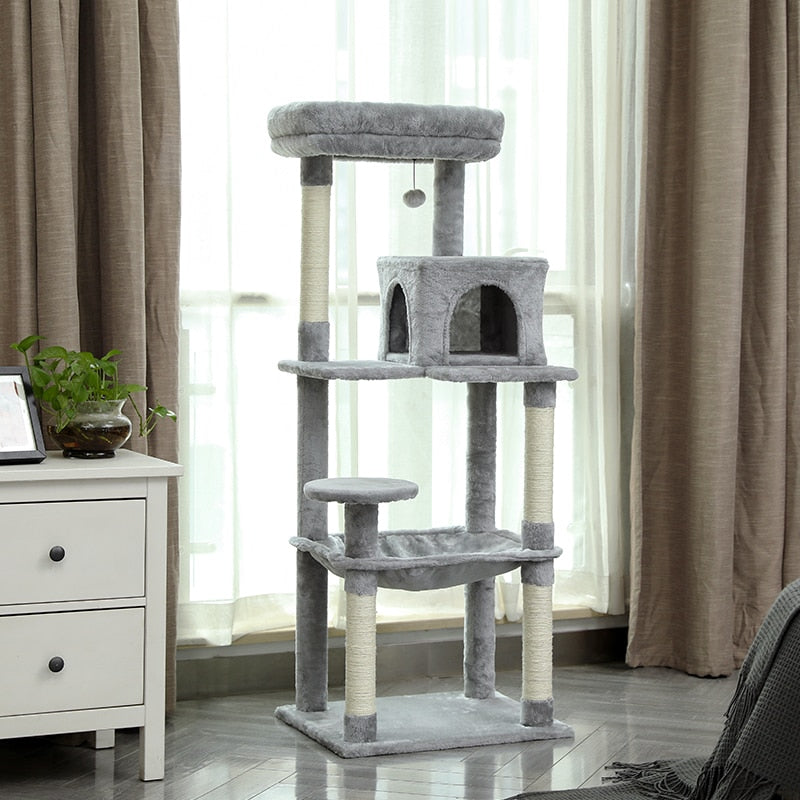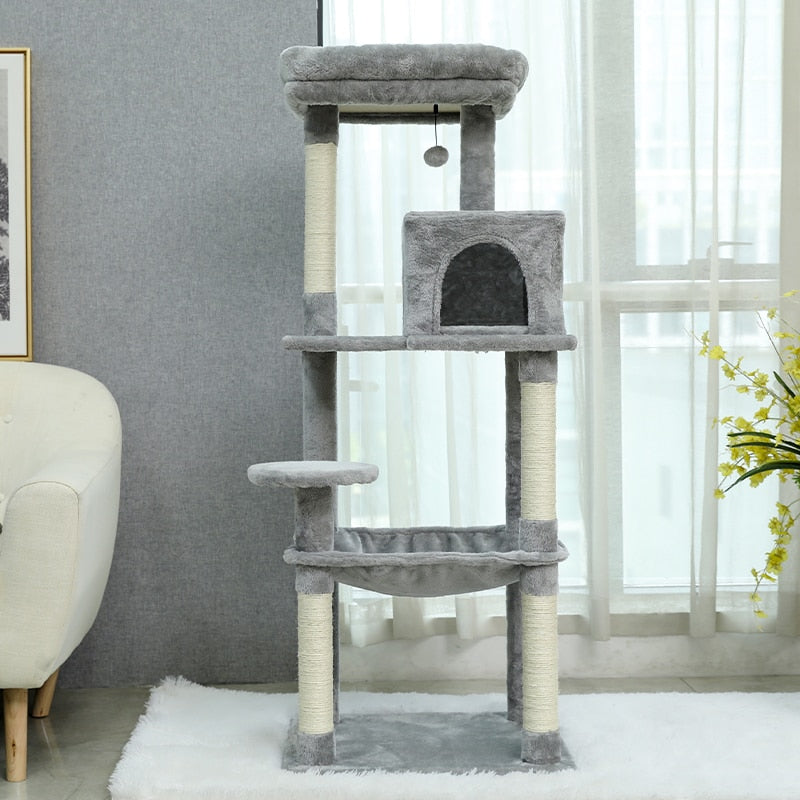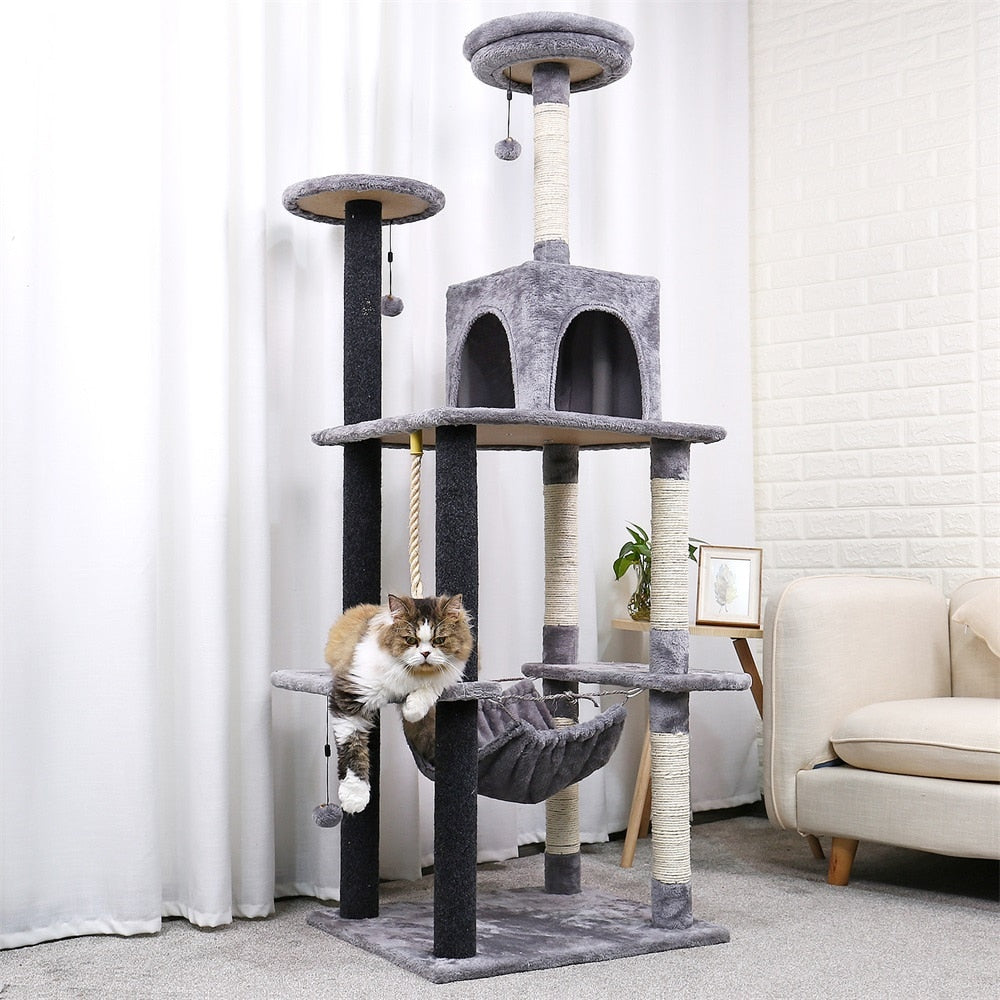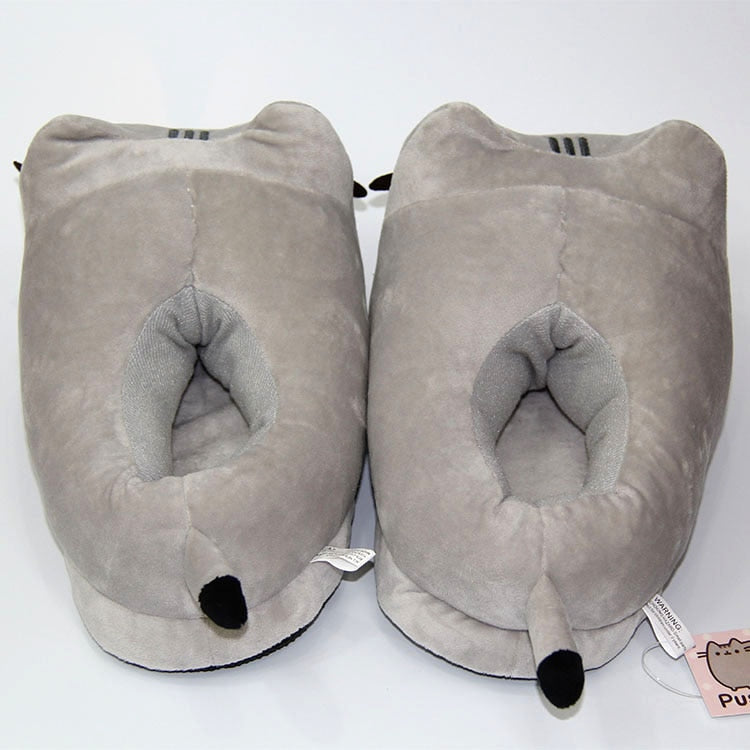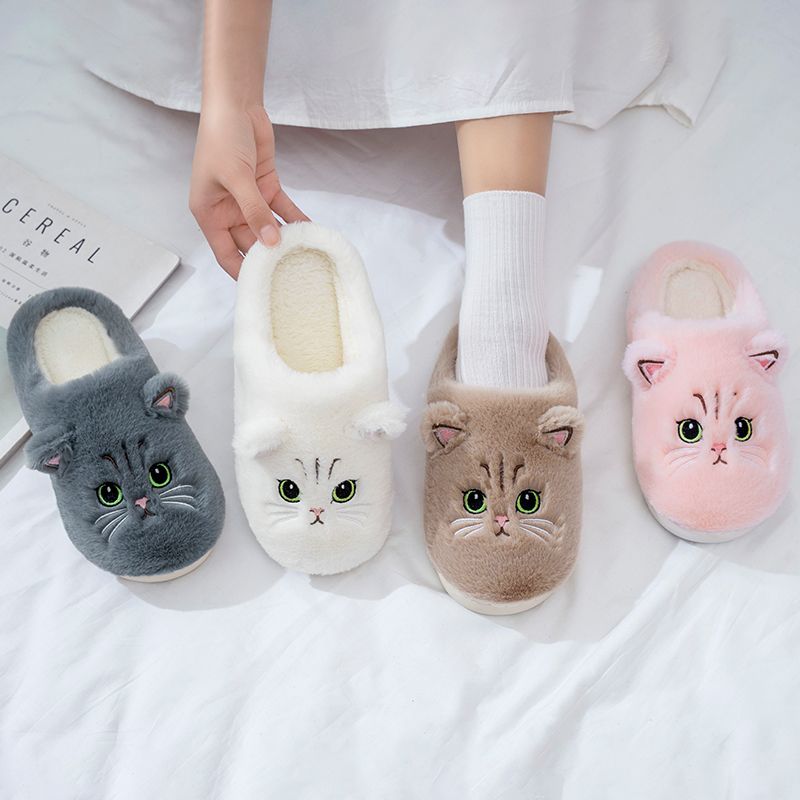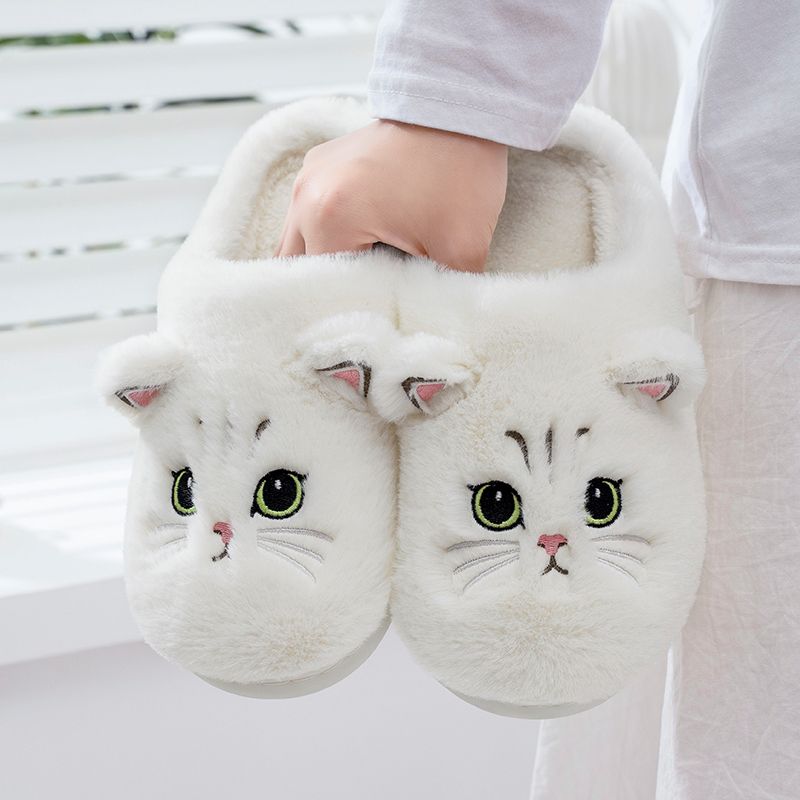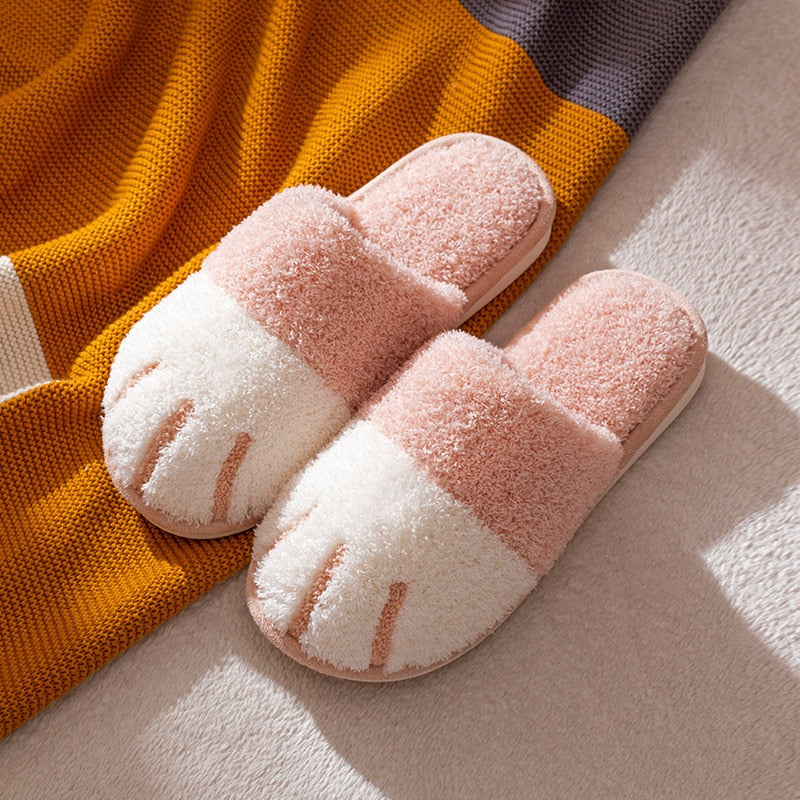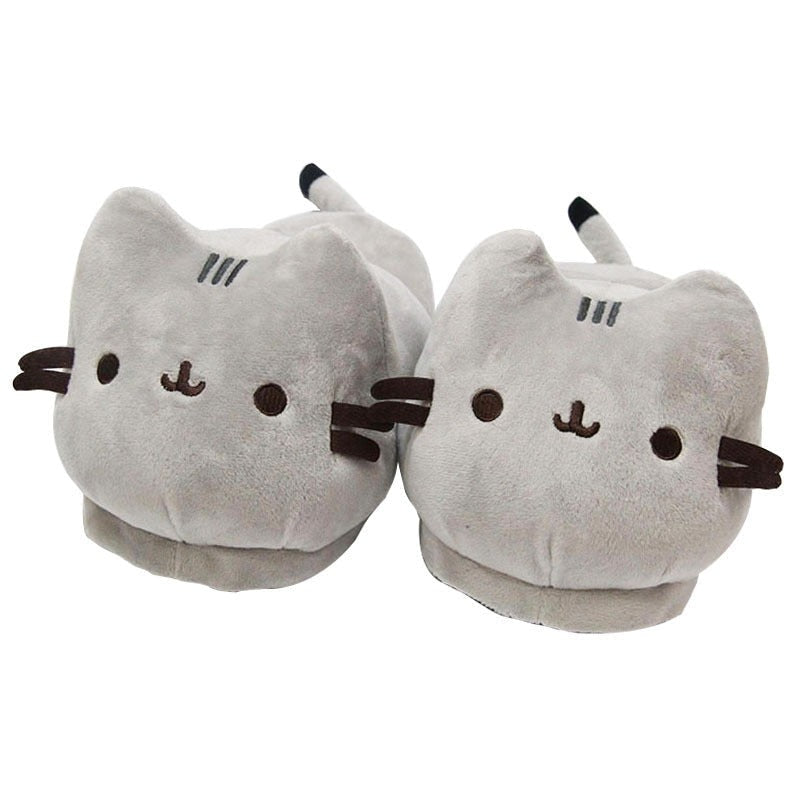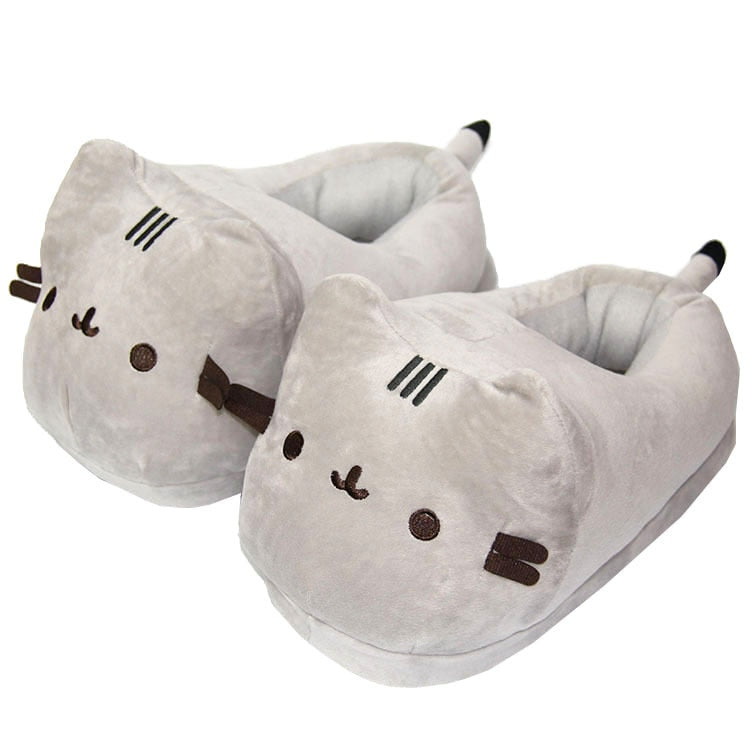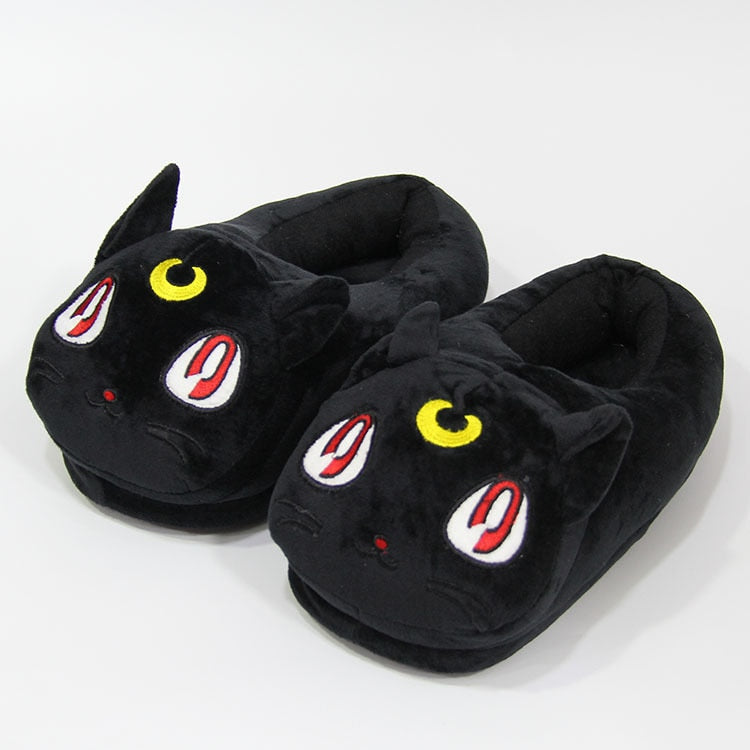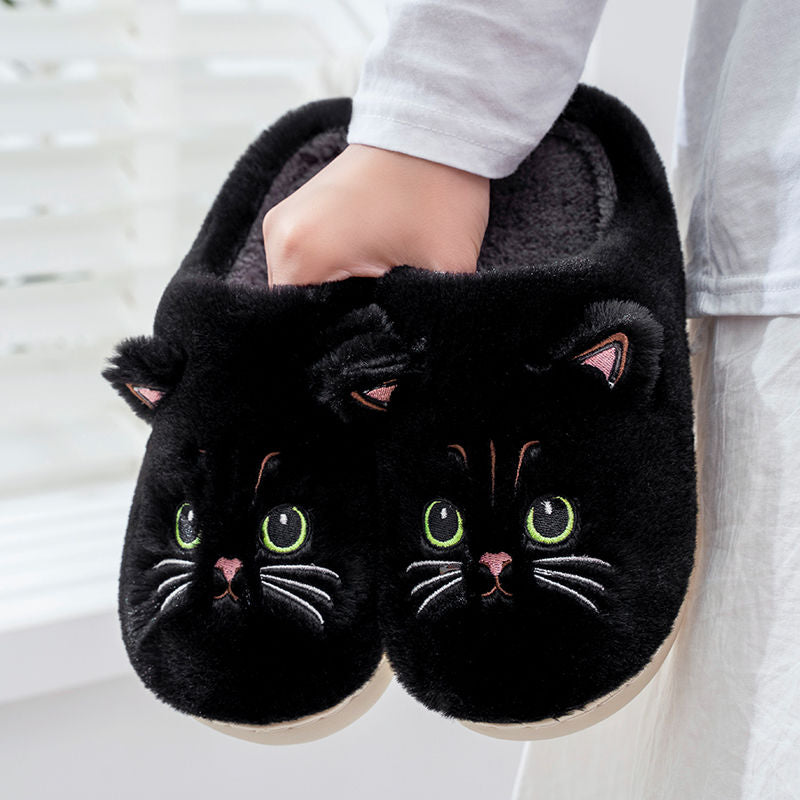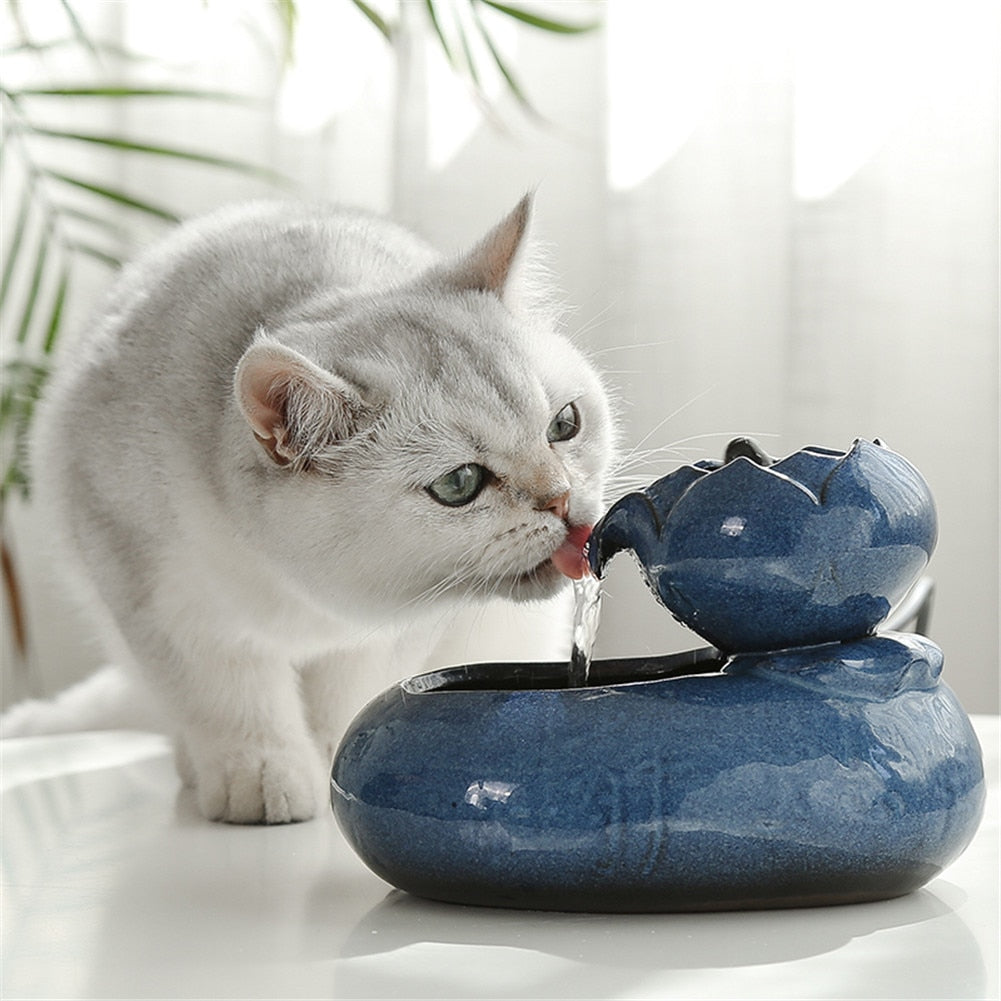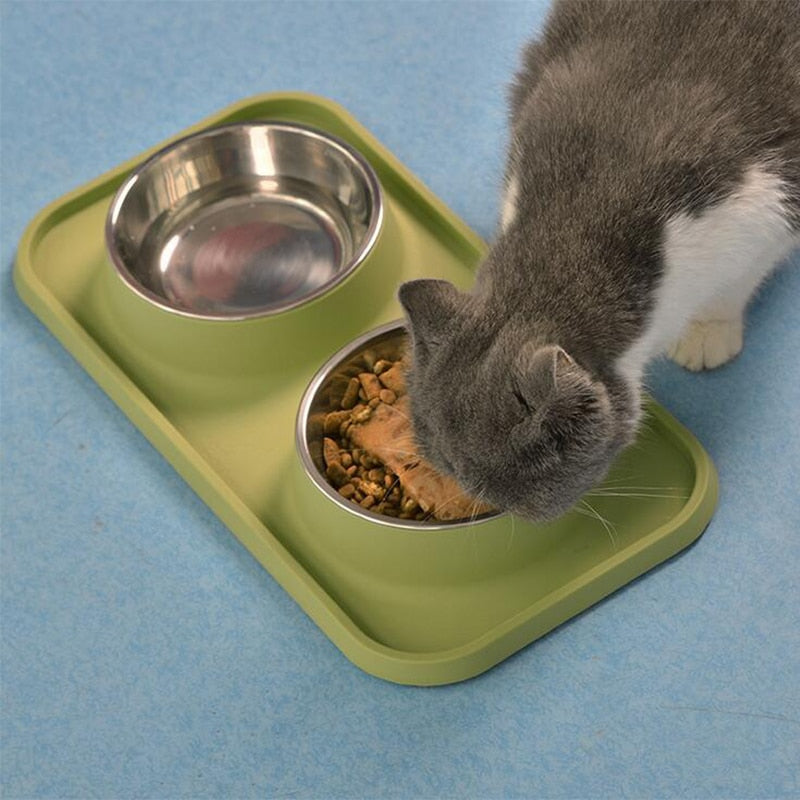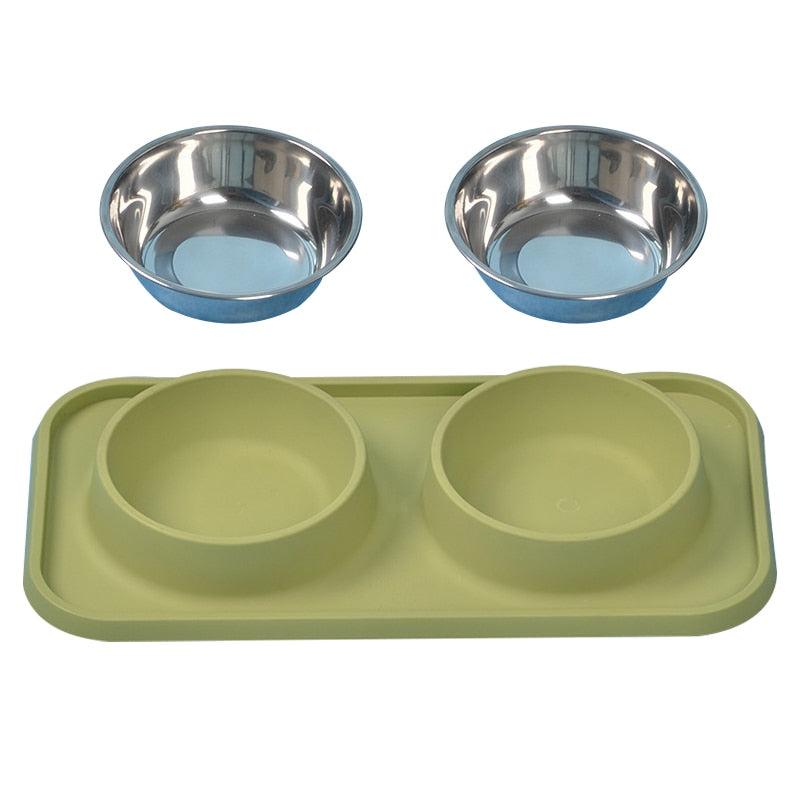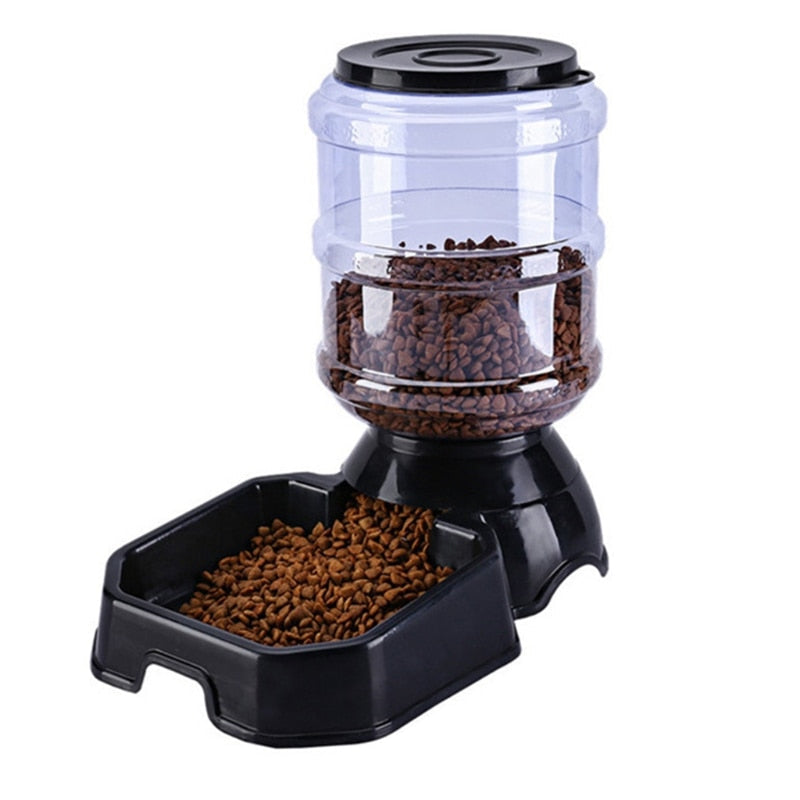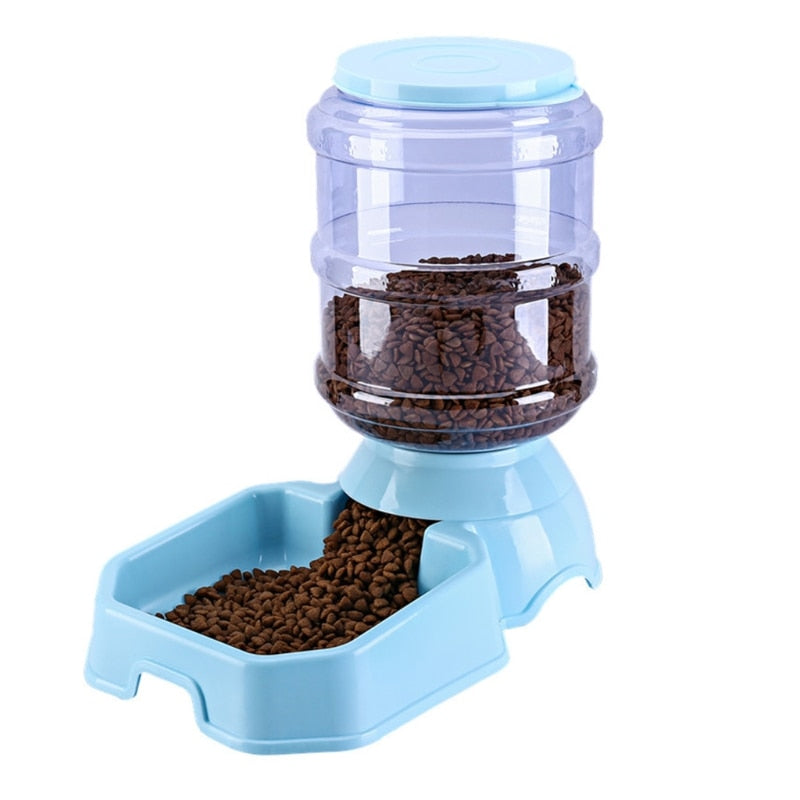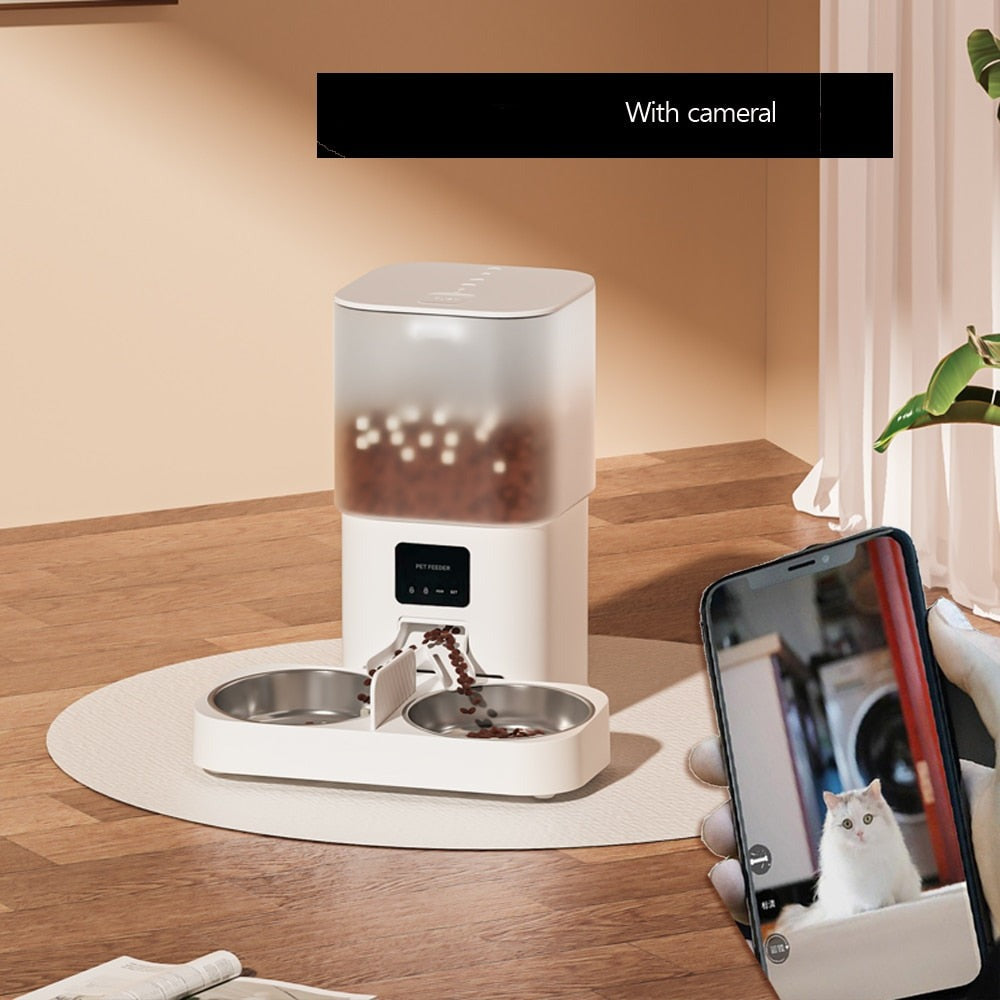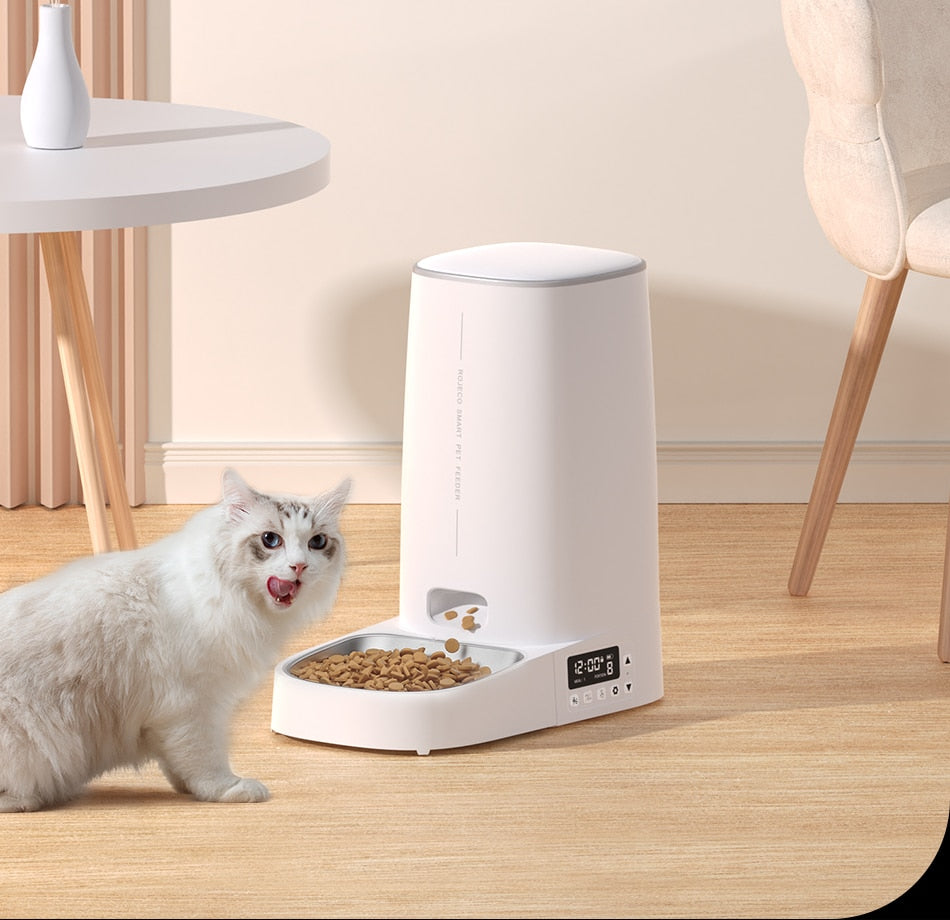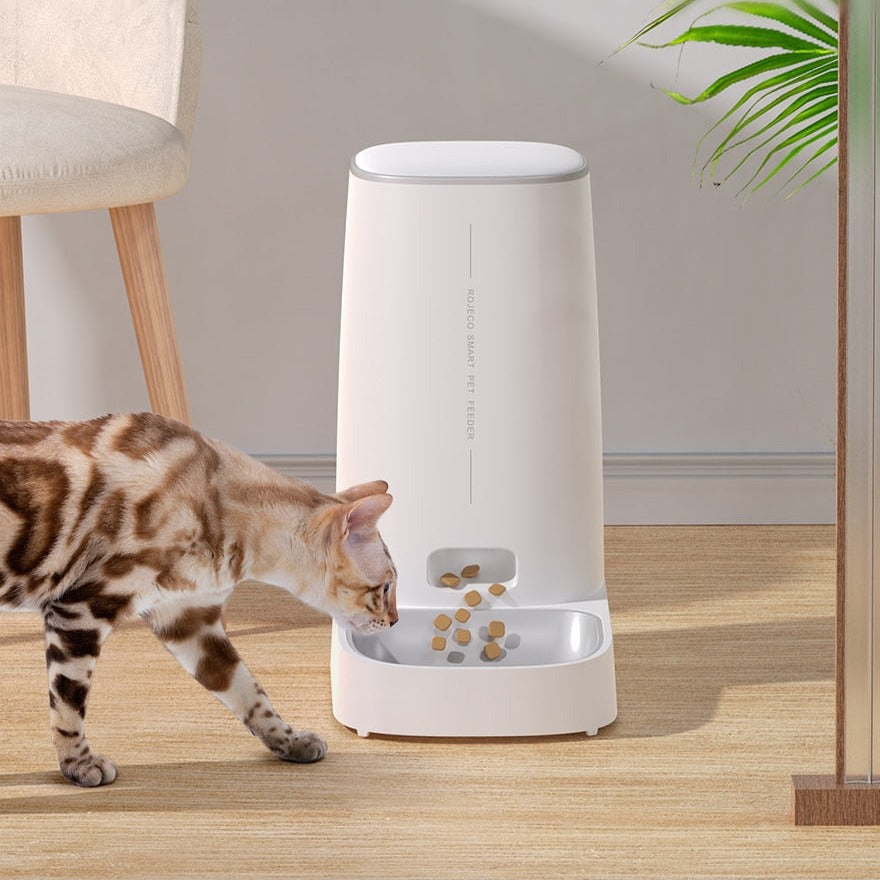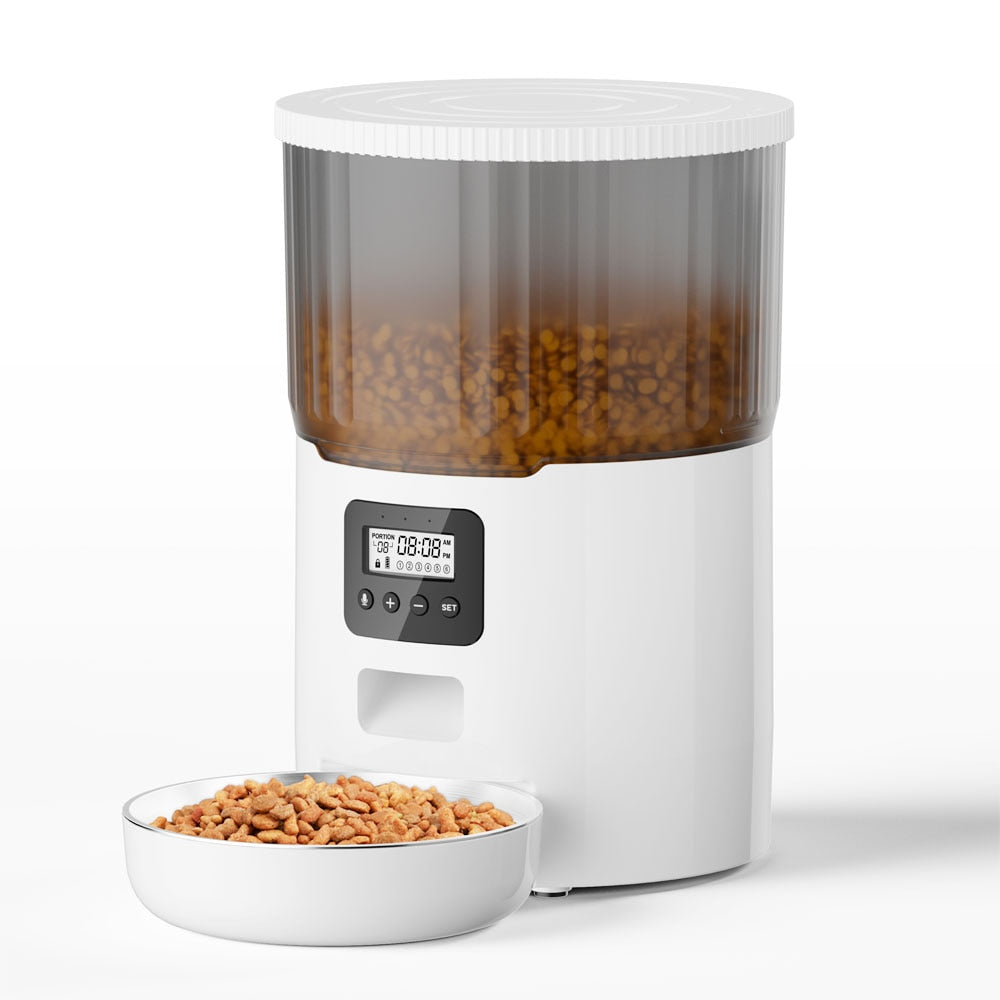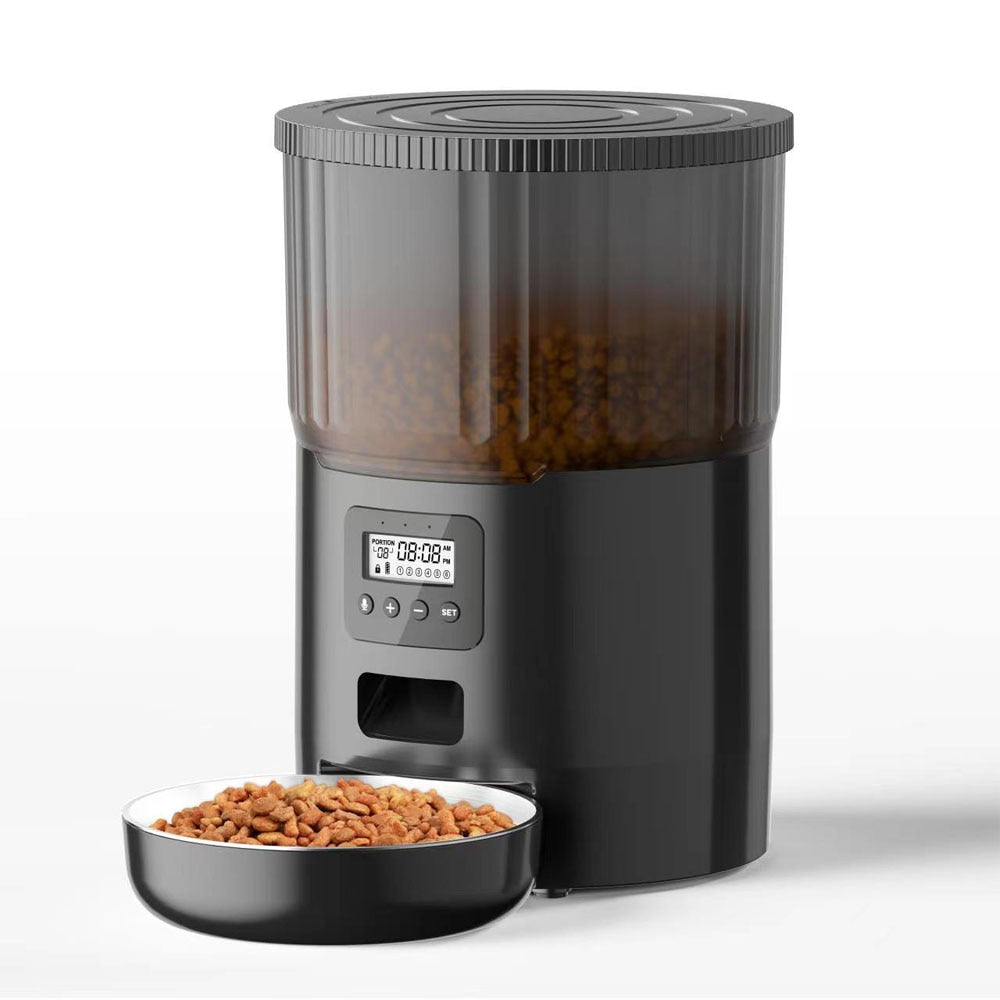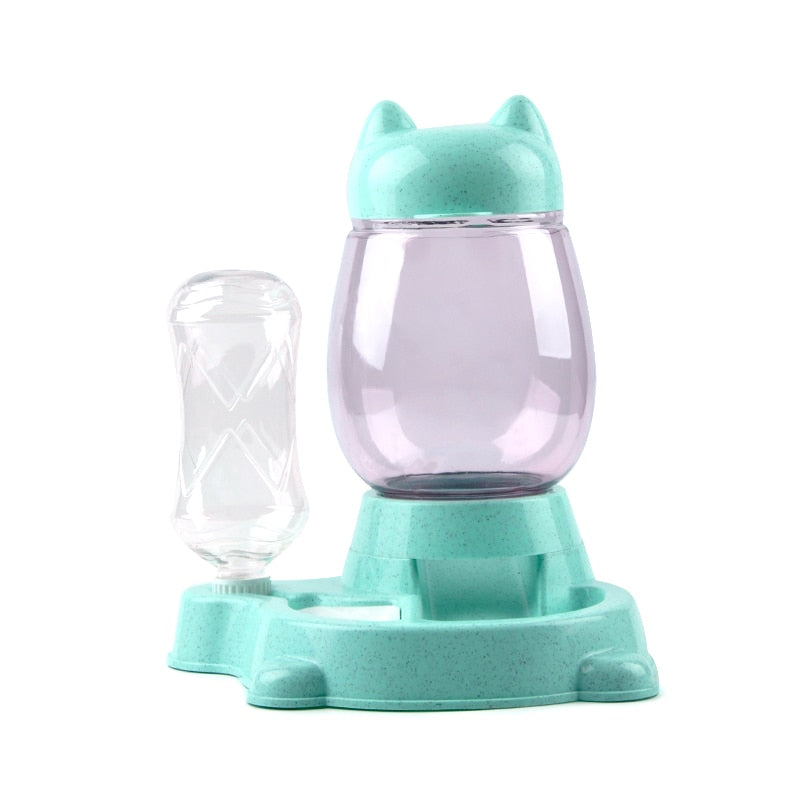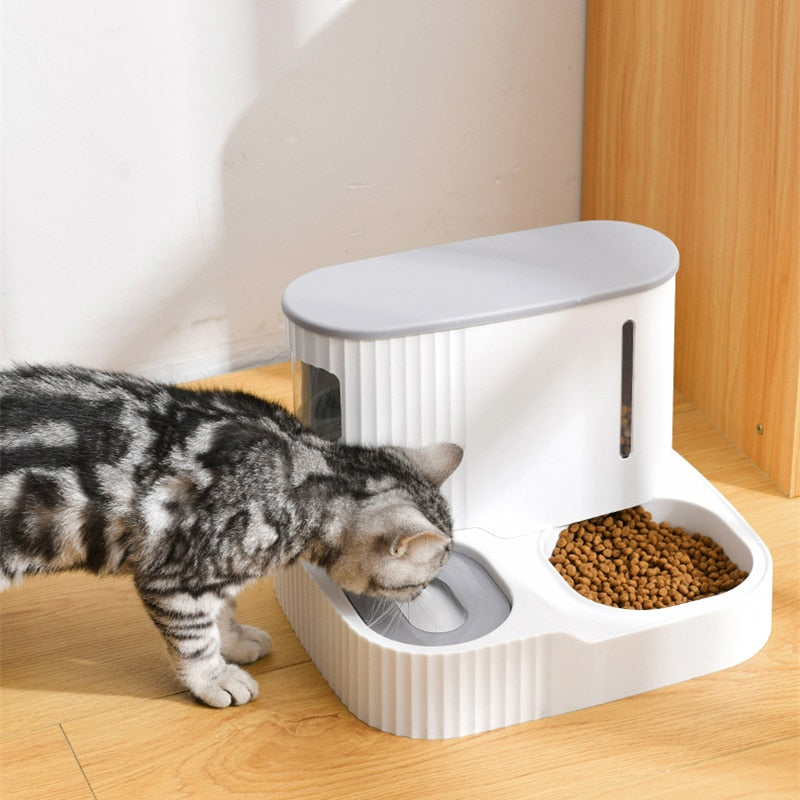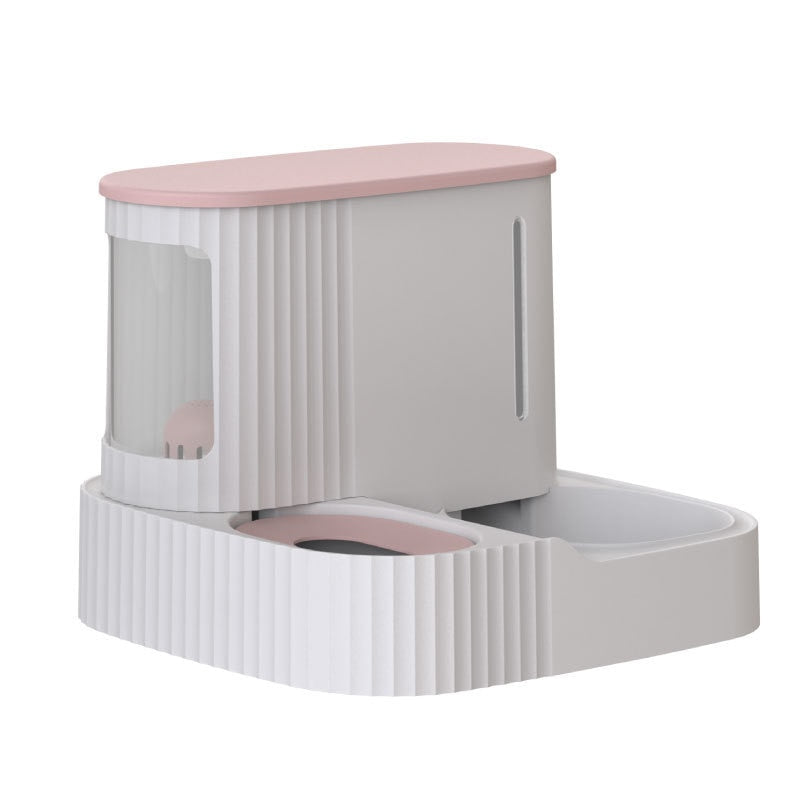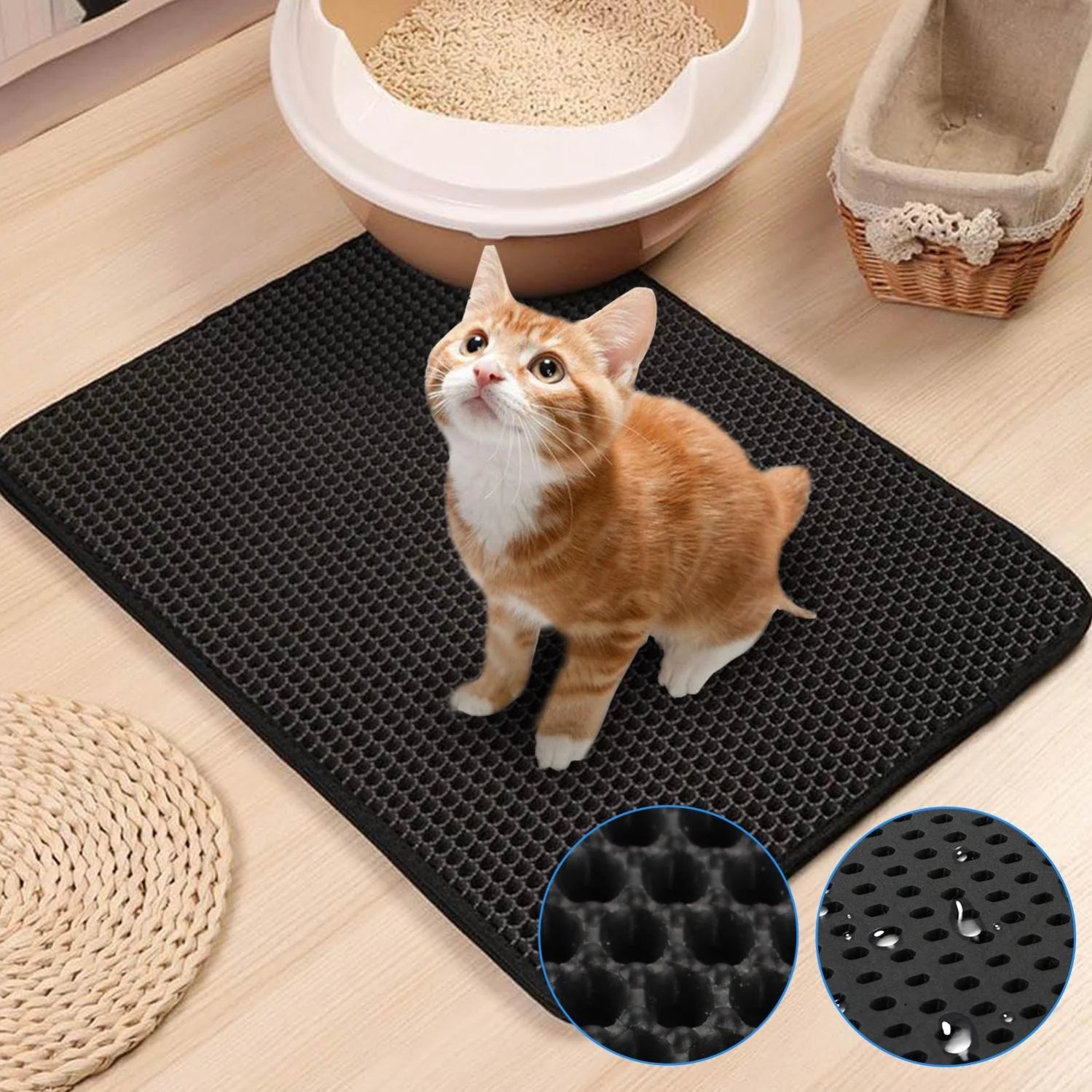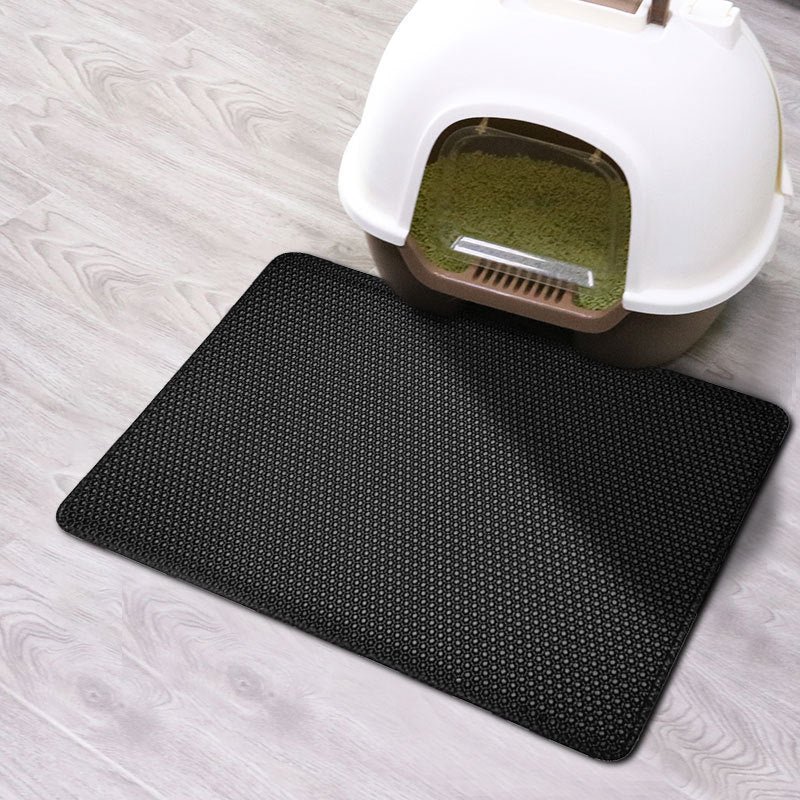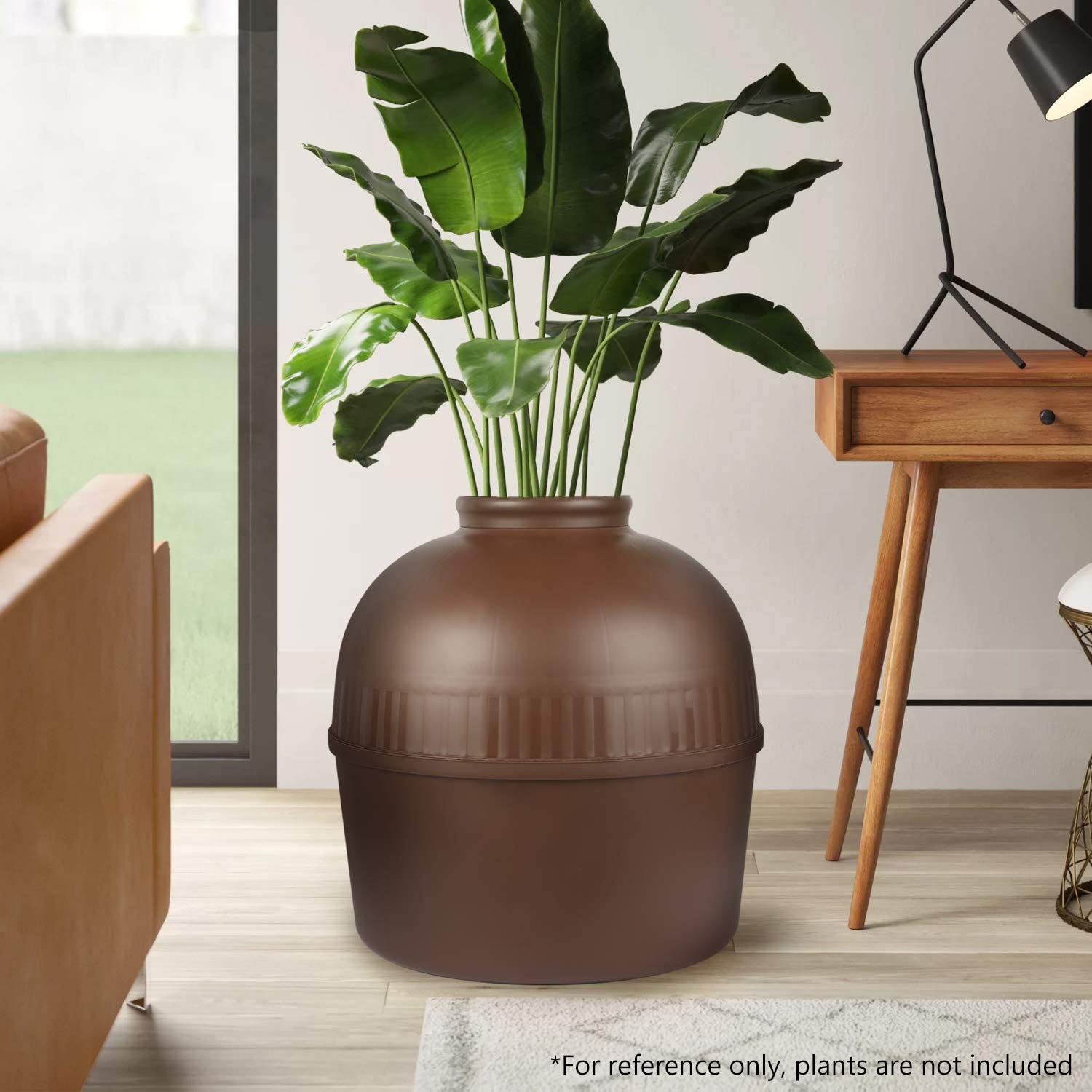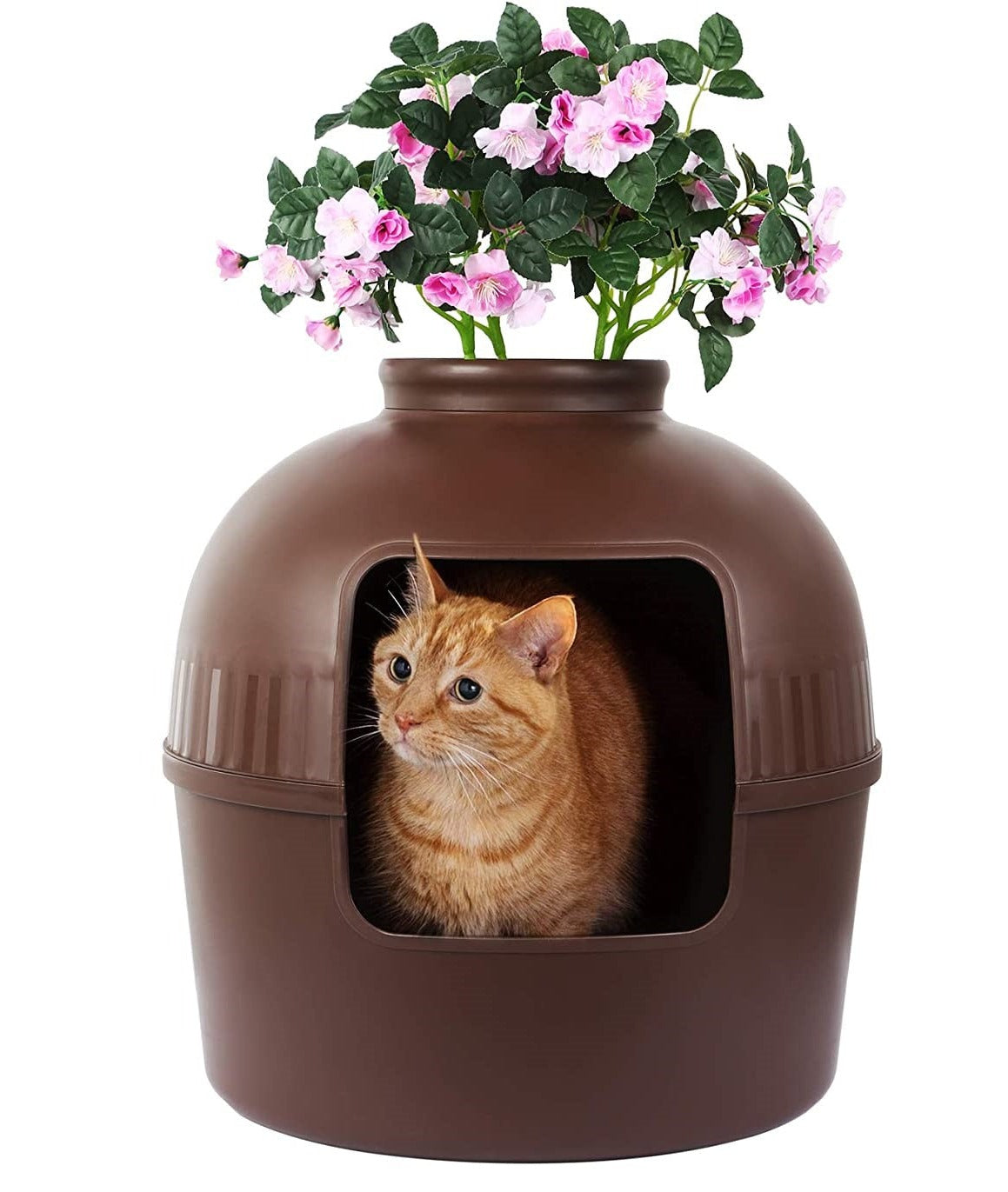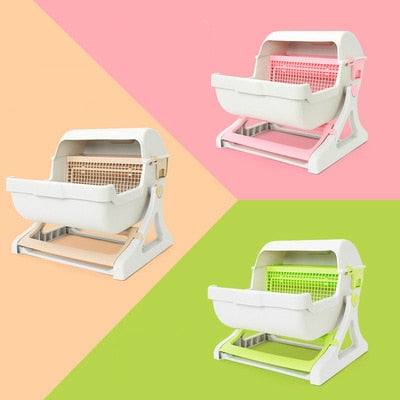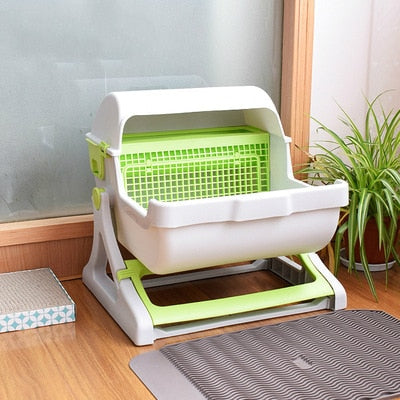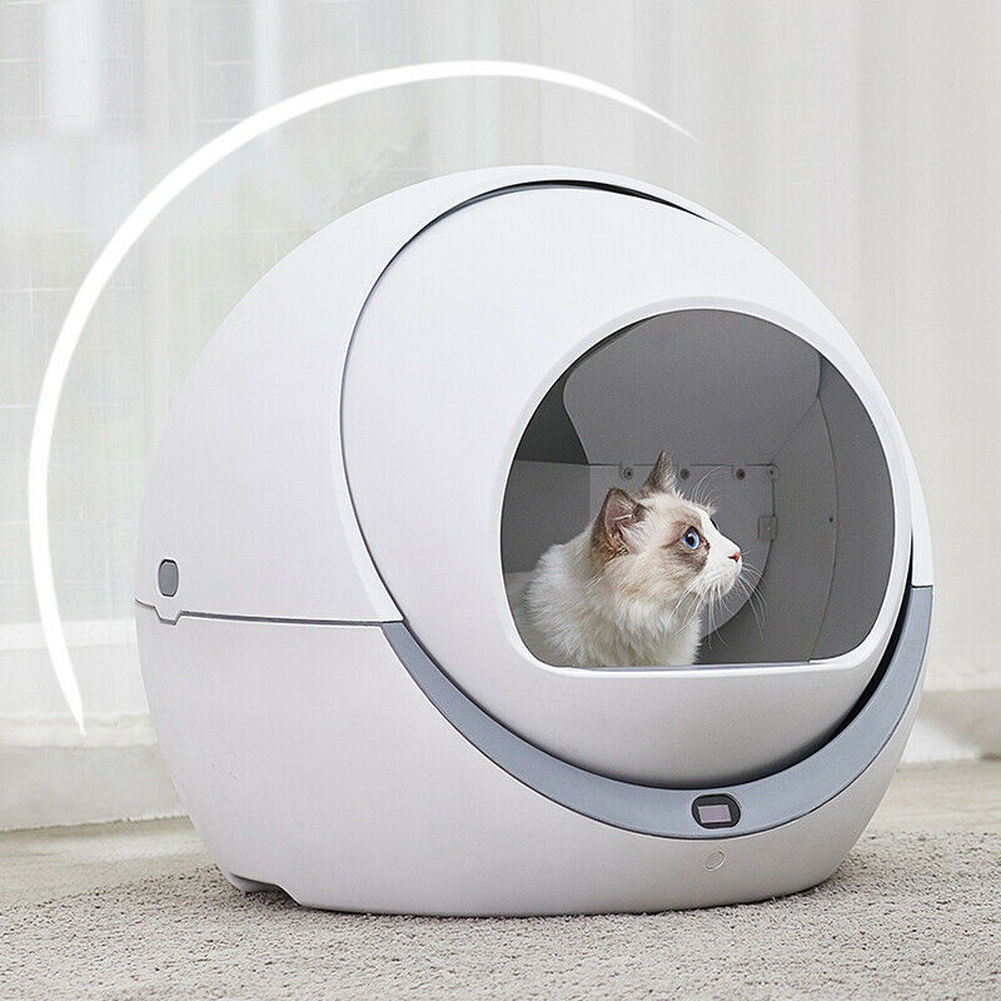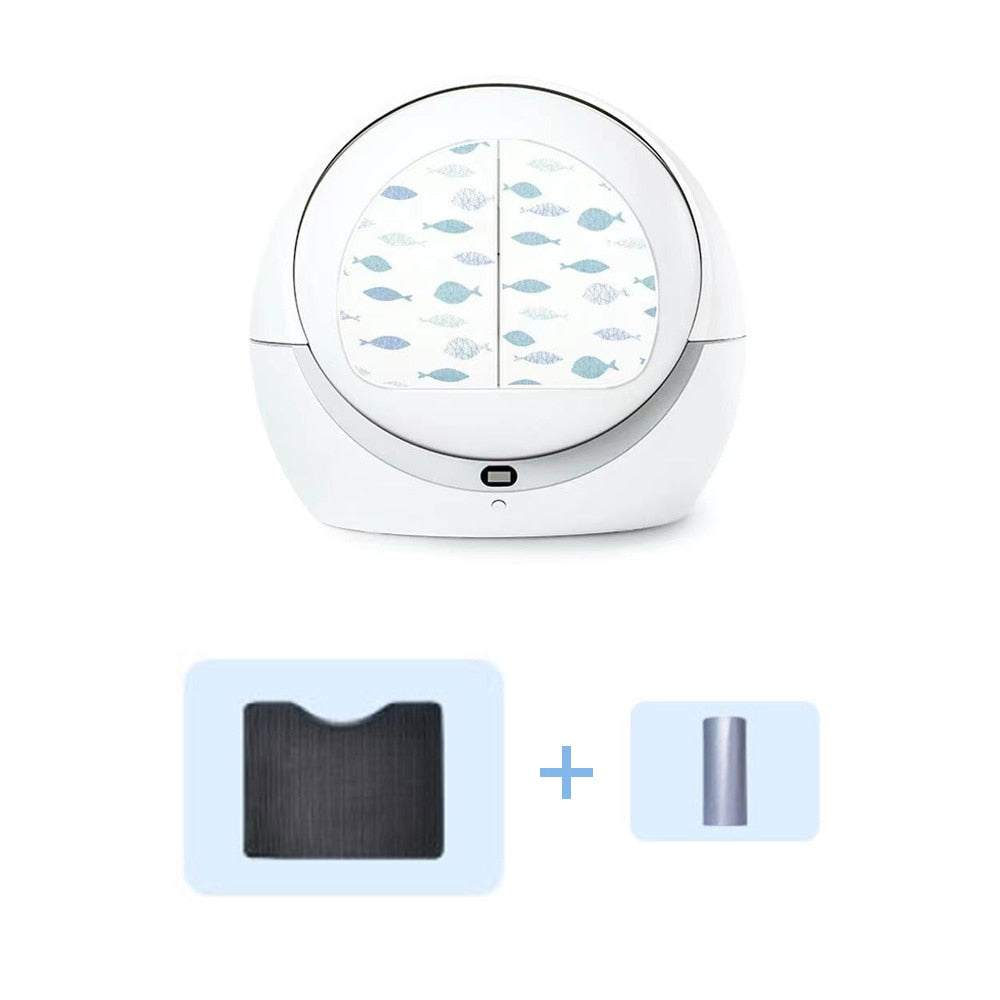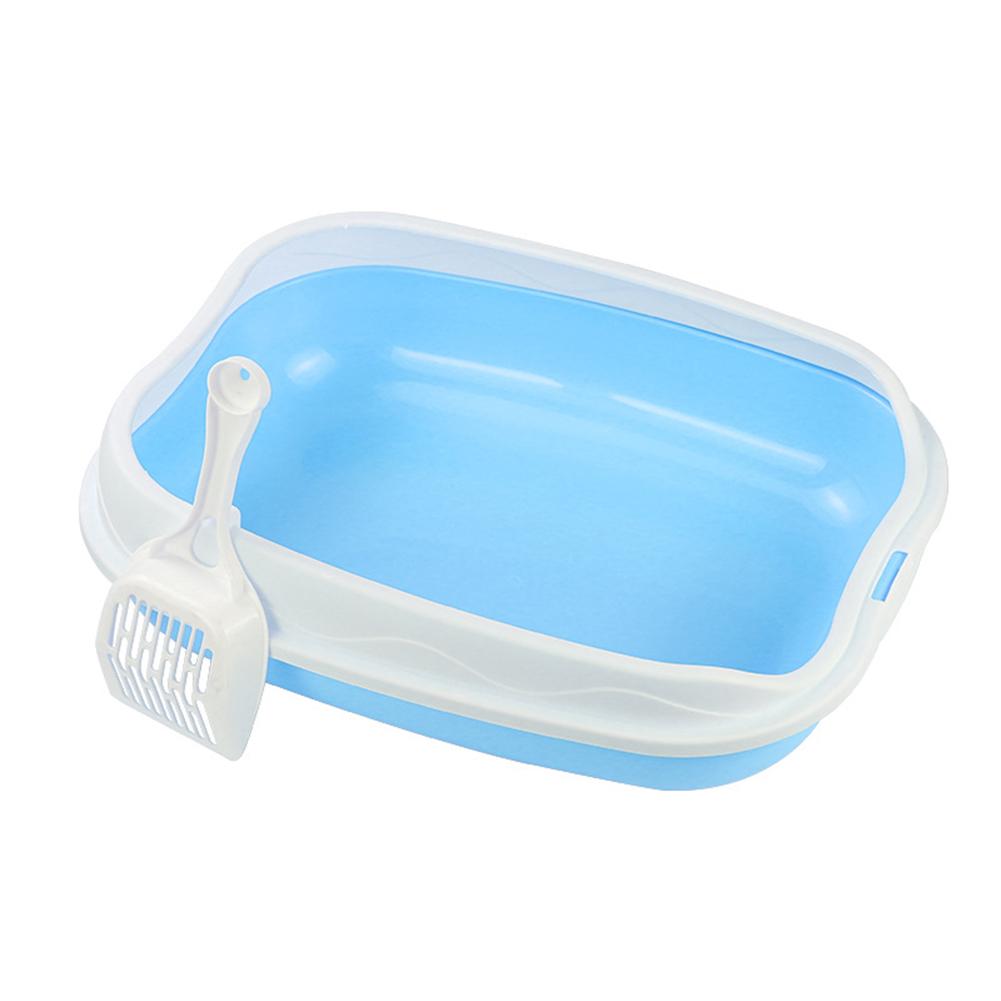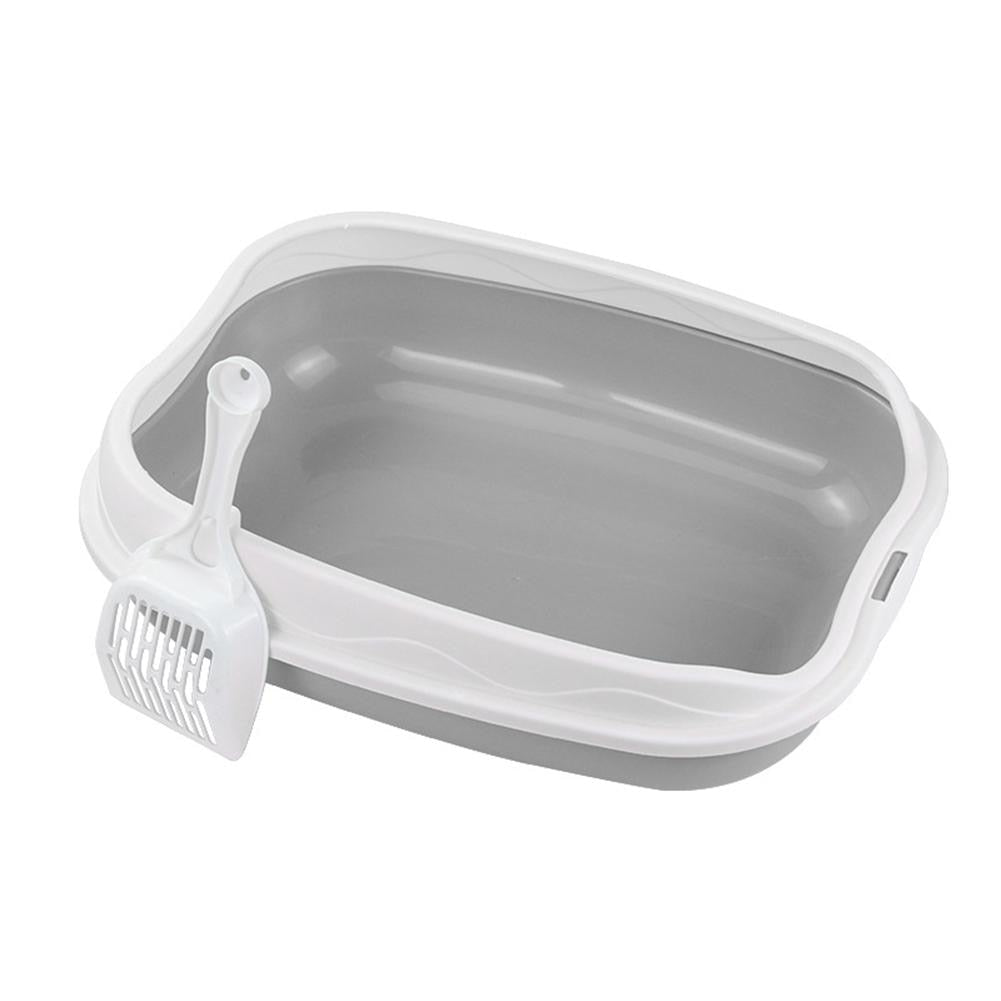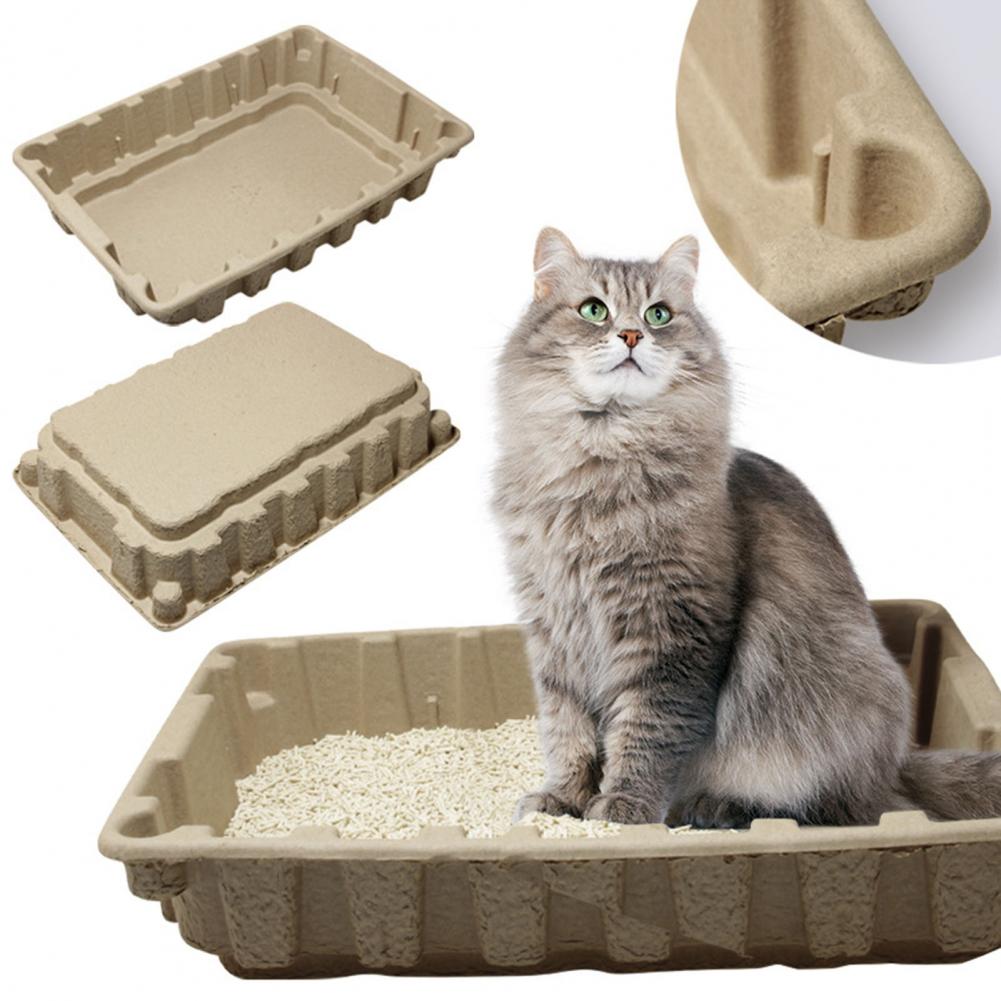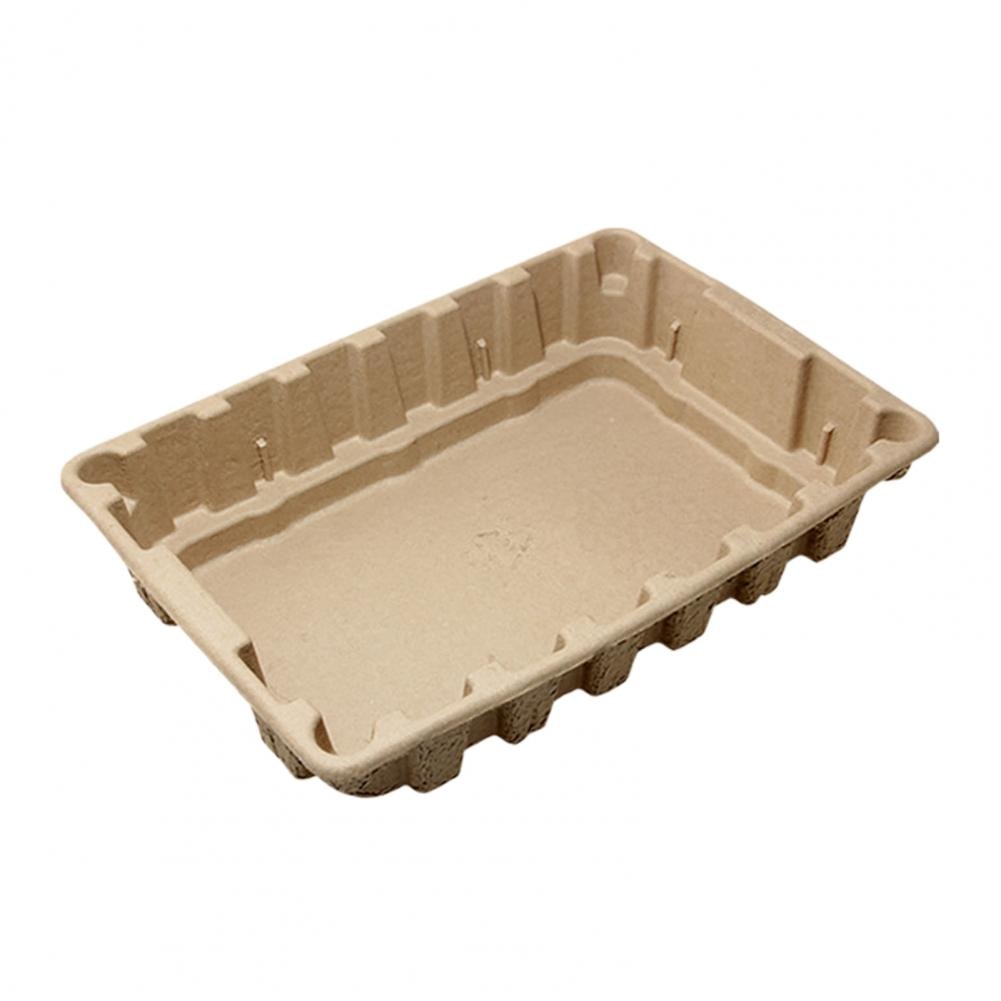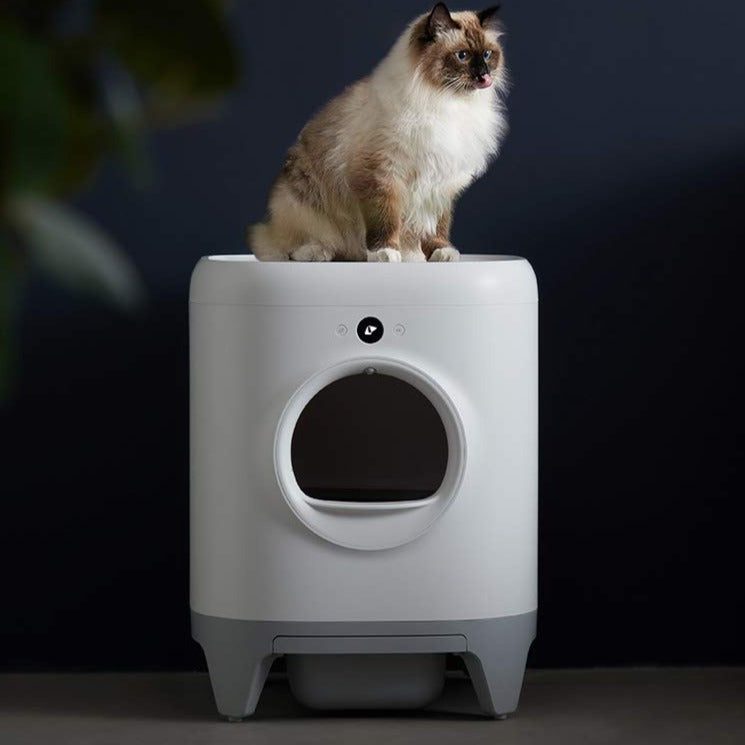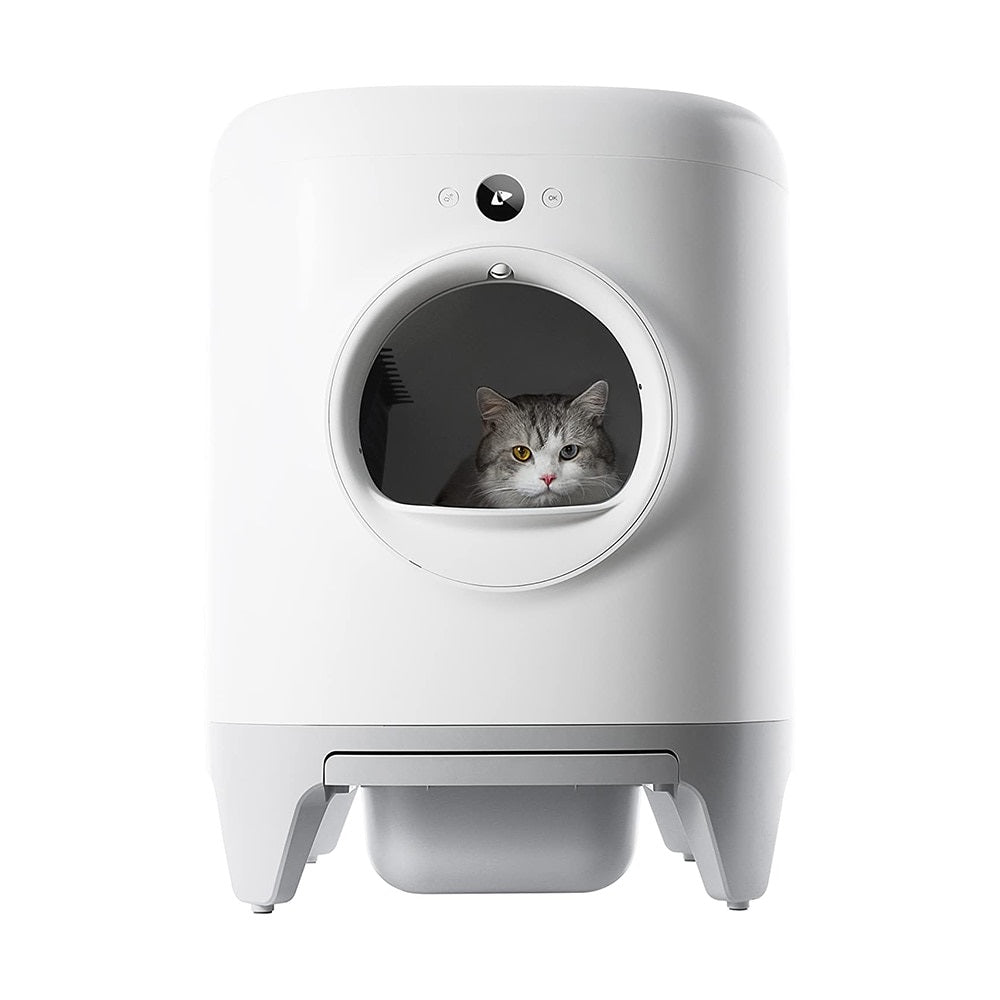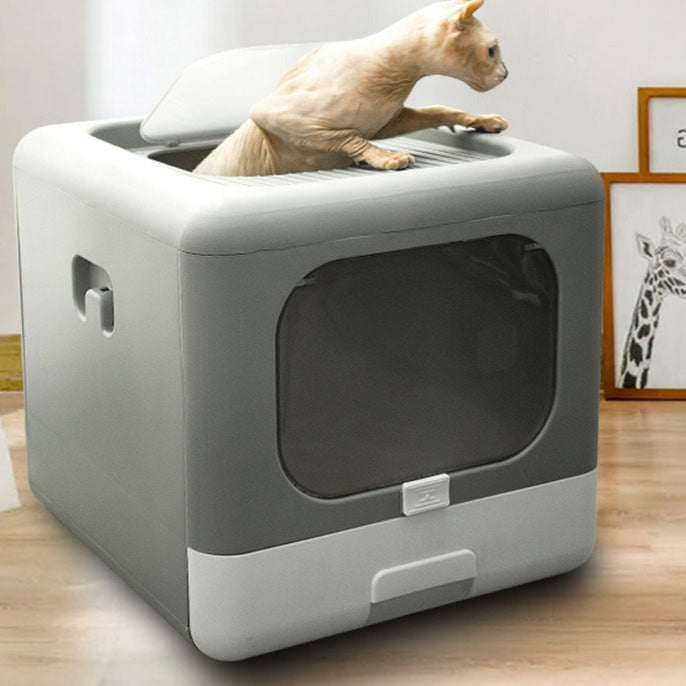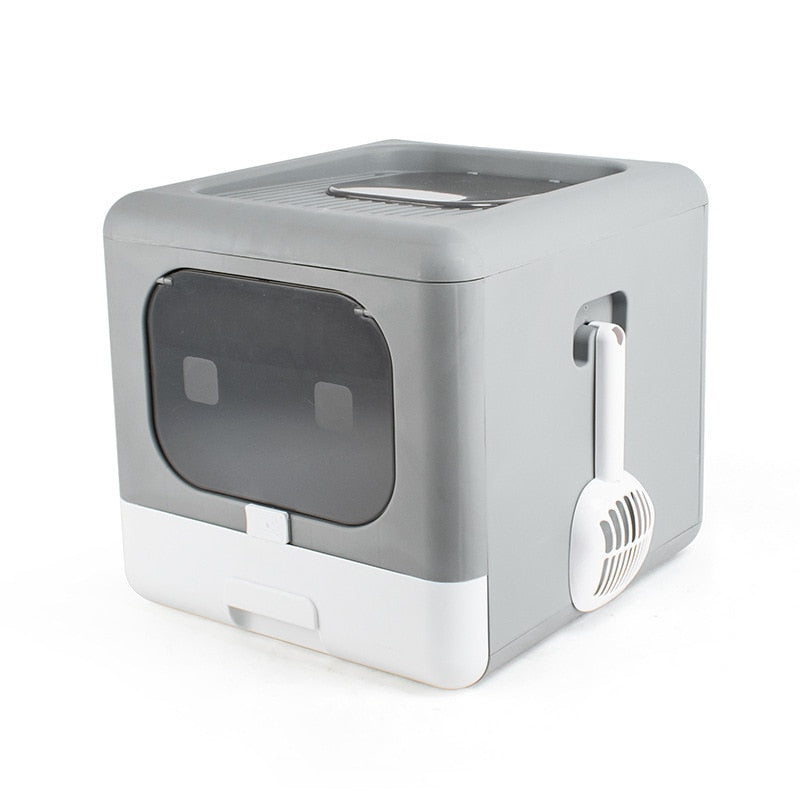How much Should i Feed my Cat?
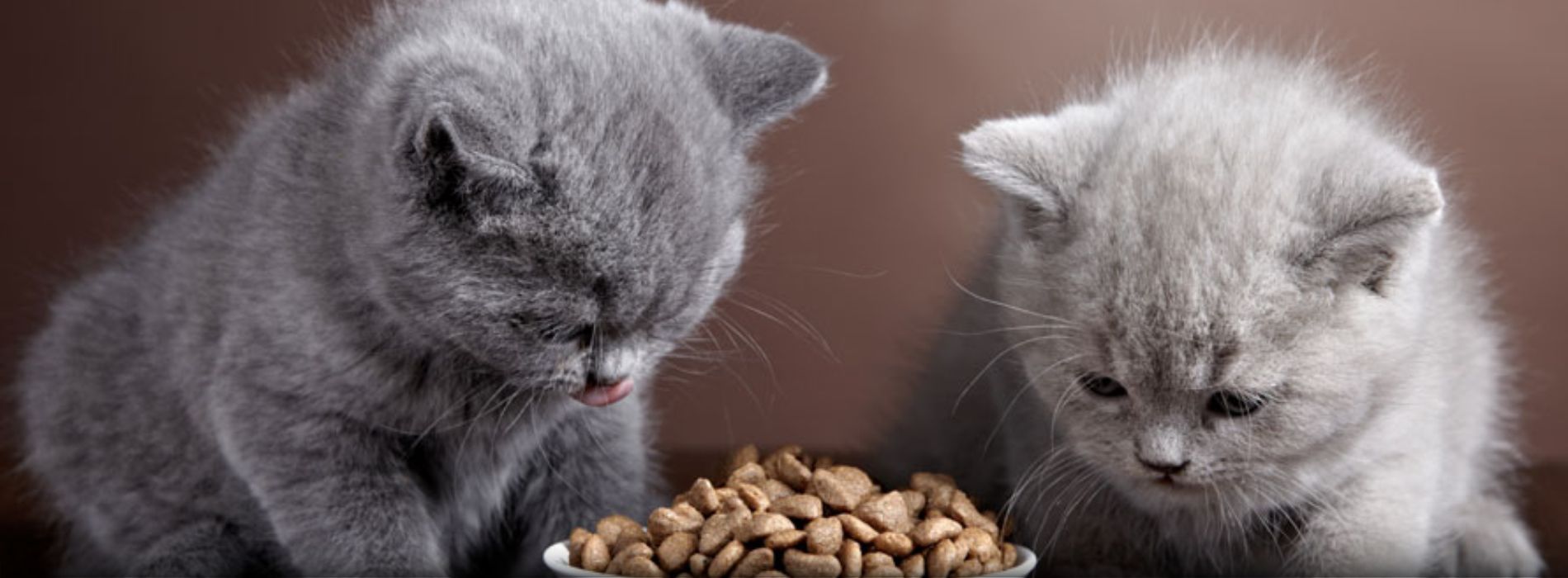
How much kibble should I give my cat each day?

As you know, eating well is the beginning of happiness! To ensure a long, happy and fulfilling life for your cat, a good diet is essential.
If you do not give your cat enough kibble, it will be prone to deficiencies and pronounced weight loss. On the other hand, if the cat eats more kibble than necessary, it will be rather overweight, prone to obesity and strongly predisposed to cardiovascular diseases.
you will have understood, the daily quantity of kibble to give to your cat is not determined at random if you decide to ration your cat, which is not mandatory.
Why control the cat's kibble ration?
Depending on its age, weight, size, breed, sex, and activity level, cats have very specific energy and nutritional needs. This means that if your cat expends more energy than he consumes in kibble, he will be prone to weight loss. Likewise, if he consumes more kibble than he needs, he will be prone to overweight and obesity, which is the cause of many cardiovascular diseases.
Basically, it's important to control your cat's daily amount of kibble, in order to maintain a healthy, long, happy, and fulfilling life if he can't do it himself.
How much kibble to give the cat?
The amount of kibble to give your cat depends on its energy needs and the caloric value of the kibble. Your little feline's energy needs vary depending on his age, weight and physical condition.
So, for example, an unsterilized, healthy and active adult cat needs about 55 kilocalories per kilogram every day. This means that if his ideal weight is 5 kg, he will need 5 x 55 kilocalories daily, or 275 kilocalories.
So, if you want to feed your little feline with a kibble with an energy value of 300 kilocalories per 100 grams, you will need to reserve a daily ration of 90 g ((275/300) x 100 g) for your cat so that he lives in good health and at his ideal weight.
Indicative table, quantity of kibble for a cat
Before consulting the table, you must keep in mind that the energy value of kibble is different from one brand to another. Then always refer to the packaging of the kibble packet.
If you are looking for a detailed table for kittens, find it in our article The right amount of kibble for a kitten.
|
Cat weight |
2 |
3 |
4 |
5 |
6 |
|
Sterilized cat |
27 |
40 |
53 |
67 |
80 |
|
Indoor cat |
33 |
50 |
67 |
83 |
100 |
|
Active cat |
37 |
55 |
73 |
92 |
110 |
|
Very active cat |
40 |
60 |
80 |
100 |
120 |
|
Cat at the end of gestation |
42 |
63 |
83 |
105 |
125 |
|
Cat lactating |
100 |
150 |
200 |
250 |
300 |
You will note that we bring a little subtlety to our indications for the pregnant or lactating cat, it is important not to ration the cat at these times.
What are the cat's energy needs?
As mentioned earlier, your cat's energy needs depend on his weight, age, gender, and most importantly, his activity level. Thus, an indoor cat, and therefore not very active, will need 50 kilocalories per kilogram. A fairly active cat will need 55 kilocalories per kilogram, and a particularly active cat will need 60 kilocalories per kilogram.
As an example, an active cat weighing 5 kilograms will need 55 kilocalories x 5 kilograms per day, or 275 kilocalories. Note that all this is only valid for an unsterilized cat, not pregnant, having a normal weight and devoid of any particular disease.
Indicative table, energy requirement for a cat Cat's
|
weight |
2 |
3 |
4 |
5 |
6 |
|
Sterilized cat |
80 |
120 |
160 |
200 |
240 |
|
Indoor cat |
100 |
150 |
200 |
250 |
300 |
|
Active cat |
110 |
165 |
220 |
275 |
330 |
|
Very active cat |
120 |
180 |
240 |
300 |
360 |
|
Cat at the end of gestation |
125 |
188 |
250 |
315 |
375 |
|
Lactating |
300 |
450 |
600 |
750 |
900 |
catFeeding your cat differently: Leave food in self-service
It is innate in cats to eat several times a day (more than 5 times a day) in order to be able to fill its daily energy needs. He's a born nibbler!
It has even been scientifically proven thata cat who consumes his daily kibble ration at once is more prone to overweight and obesity than a cat who consumes the same amount of kibble distributed over several meals.
Suddenly, the most effective way to feed your hairball is to leave it self-service kibble because this way, it can feed as it sees fit.
To do this, as the kibbles can be stored for a long time and do not deteriorate on prolonged contact with the air, you can put all of your cat's daily ration in his bowl or use a silo or gravity kibble distributor, whether he will be able to eat at their own pace.
However, although most cats know how to ration themselves, some have a hard time, these cats described as gluttons consume more kibble than they need, all very quickly. This has the consequence of making them bigger, and ultimately obese. So, if you have a gluttonous cat, the ideal would be to opt for an automatic kibble dispenser to better ration it.
Feeding your cat well also means giving him good kibble
Indeed, not all kibbles are created equal, the ideal kibble must be perfectly suited to your cat's carnivorous diet and provide it with all the energy and nutrients it needs. he needs, in a well-defined proportion.
You will find a multitude of types and brands of kibble on the market. However, only premium grain-free croquettes without a high content among other legumes will guarantee you such a high level of requirement. You will only find it in specialty stores, physically or online.
Ultra Premium dryadult cats normal activity
food forGrain-free and gluten-free, these premium dry foods are composed of 70% of raw materials of animal origin and 30% of fruits and vegetables. Although suitable for adult cats, these kibbles also contain many nutrients essential for the growth, vitality and development of the kitten (such as DHA). In short, a complete, balanced and healthy food for cats and kittens.
➡️ Make the most of your first order as quickly as possible ⬅️
To be more precise, in general, the perfect kibble should contain as much animal protein as possible (at least 40 to 50% of meat, poultry or fish), and the least of carbohydrates possible (imperatively less than 20%), the ideal being without cereals. In addition, in order to avoid possible health problems (linked to excess or deficiency), the kibble must have a very specific intake of animal fats (between 15 and 25%) and minerals (no more than 0.1% magnesium, about 1% phosphorus, and between 1 and 3% calcium).
Note that the well-known brand names or distributors sold in the supermarket are to be avoided unless it is specified without cereal.
Likewise, kibble sold by veterinarians are not always recommended, because some receive money from certain kibble manufacturers to promote their product, regardless of their qualities.
When should you vary the amount of kibble to give?
A cat's nutritional needs and therefore the amount of kibble to administer vary according to its age, weight, activity level and physical condition.
During the growth of the cat, kitten, adult and senior
The cat less than one year old is in full growth and has special needs, in order to ensure a good development of its bones, its muscles and its organs.
From adulthood until around 11 years old, cats have stable nutritional needs, which are highly dependent on their lifestyle.
After the age of 11, cats begin to age and see their activity level drop. Suddenly, its energy needs decrease, and its needs for proteins and certain specific nutrients increase.
During Special Times
Pregnancy, lactation, sterilization and even illness are factors that dramatically change your cat's nutritional needs. Indeed, compared to an indoor cat, a pregnant cat has 25% higher energy needs, while a lactating cat has 3 times greater caloric needs.
On the other hand, a sterilized cat sees its activity level drop and its caloric needs decrease by about 20%. In this particular case, in order not to frustrate your cat, instead of reducing the amount of kibble to give, it is recommended that you opt for low calorie kibble specific to sterilized cats. Finally, for a cat suffering from a particular condition, refer to your veterinarian, who will be able to guide you on the optimal dosage of kibble.
Depending on the cat's weight and activity level
The amount of kibble to give your cat also depends on its ideal weight, as well as its activity level. Thus, if according to its age, its breed and its sex, the ideal weight of your cat is 5 kg and that the latter is active, its energy needs are 275 kilocalories. The amount of kibble to administer will depend on the energy value of the food. So for a kibble with a caloric value of 300 calories per 100 grams, the amount of kibble to provide your little feline will be (275/300) x 100 grams, or 90 grams.
3 rules to remembercatfood
when feeding yourWhen you feed your cat with dry, you must keep in mind these 3 fundamental rules: the cat must eat frequently and in small quantities, he must have plenty of water. always available and he should not eat anything.
The cat is a born nibbler: it eats little, but frequently
Due to its small stomach, the cat will have difficulty in swallowing large quantities of kibble. Suddenly her ideal eating method is self-service, which will allow her to eat as she likes, several times a day.
The kibble-fed cat must imperatively have water available.
The kibble is a dry food, therefore devoid of water. Thus, in order to avoid any risk of kidney stones forming and the development of other diseases of the urinary system, you must make sure that your little feline has sufficient water available at all times. For this, an accessory such as a water fountain would be ideal.
Foods that are good for you may not be good for kitty
Finally, always keep in mind that not everything that is good for you is good for your cat. On the contrary, some of your favorite foods or treats can poisonyour cator even kill. These include, among others, chocolate, cold meats, food that is too salty or too fatty,…. This is the reason why you should never ever give your leftover food to your 4-legged friend.

